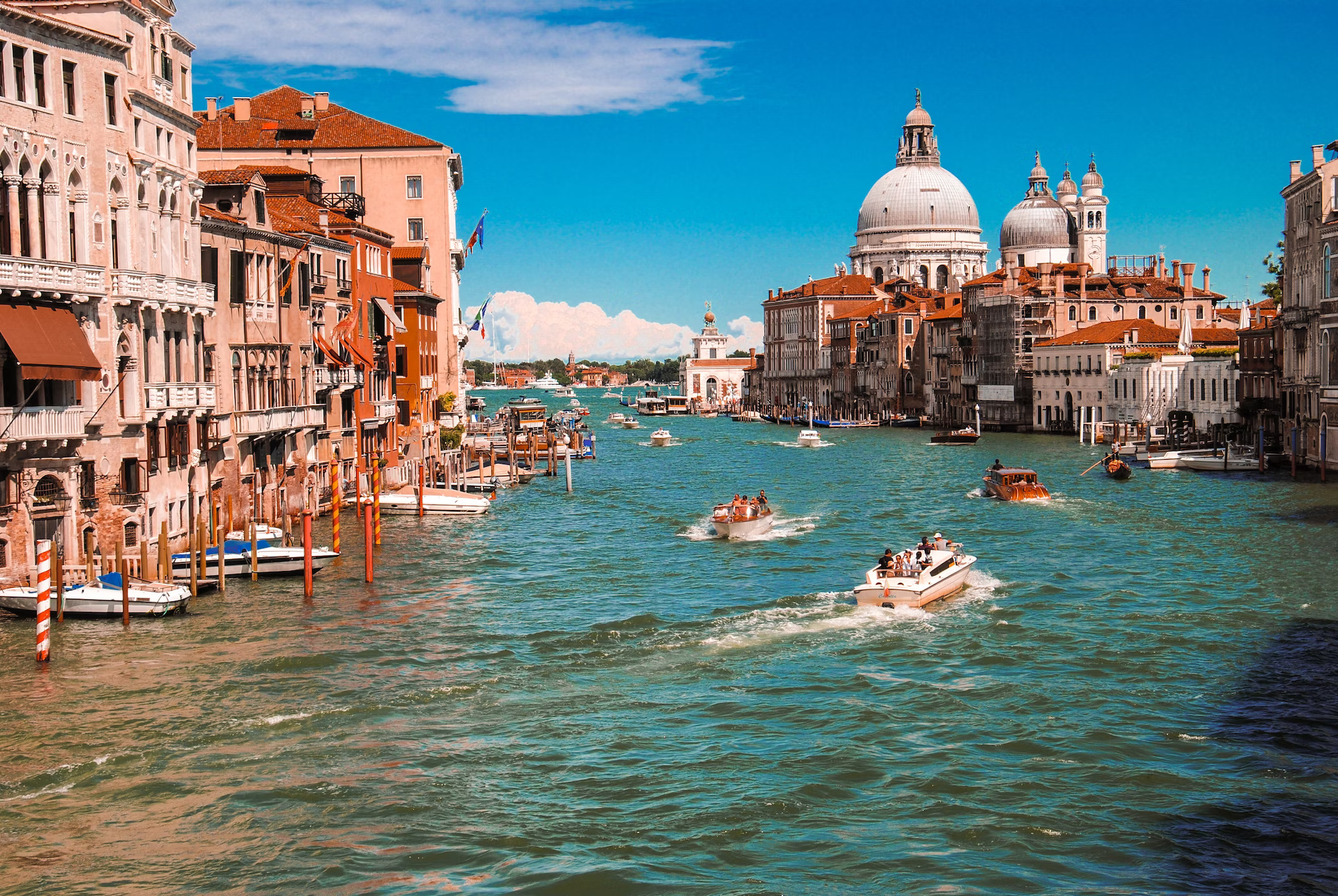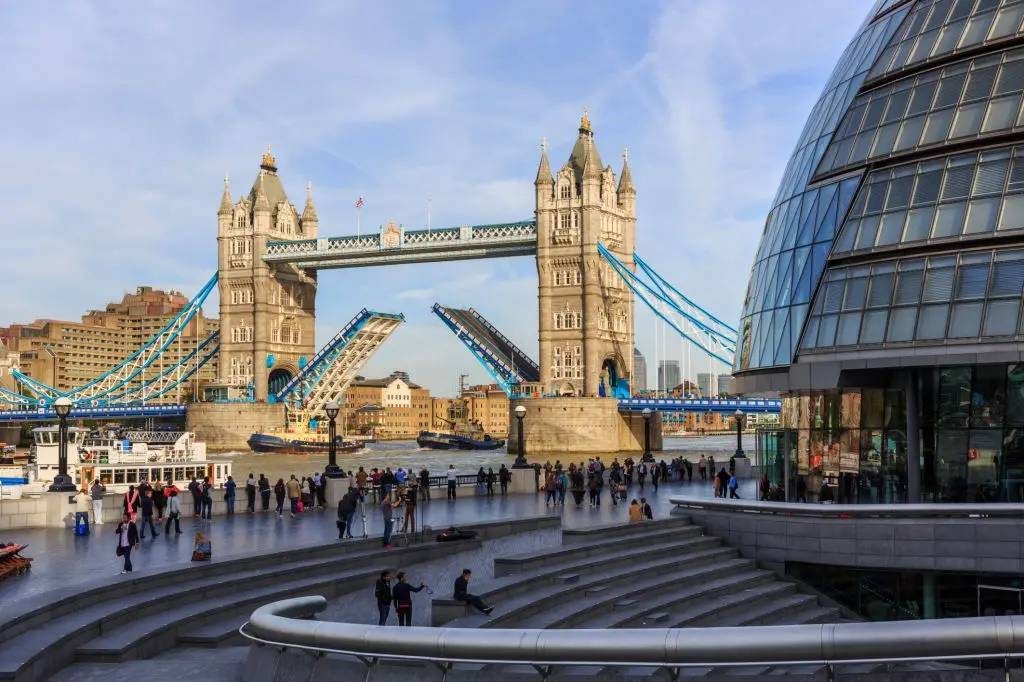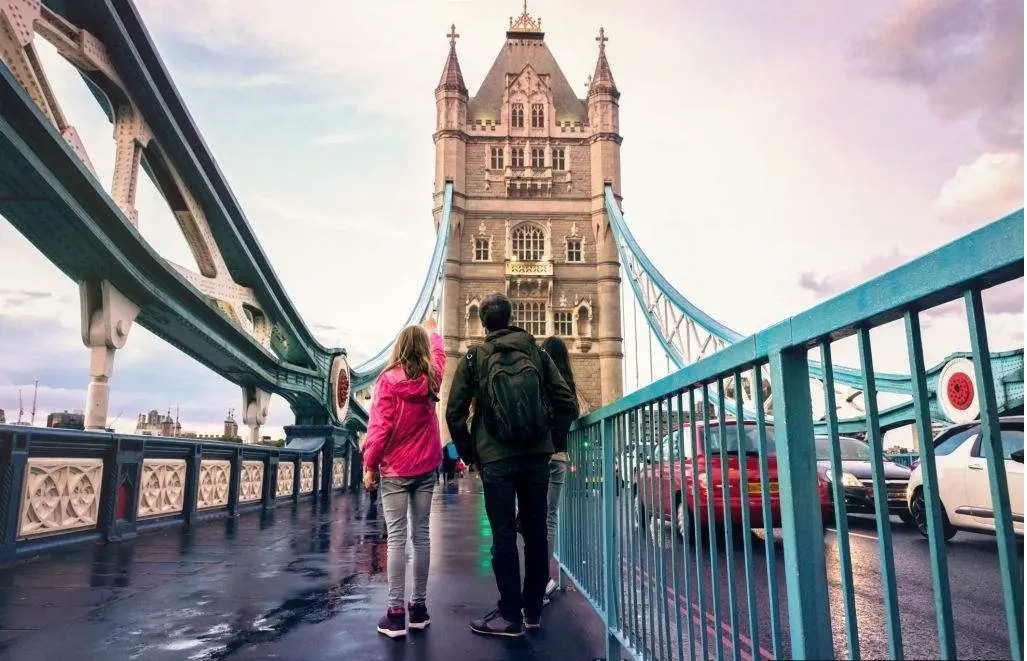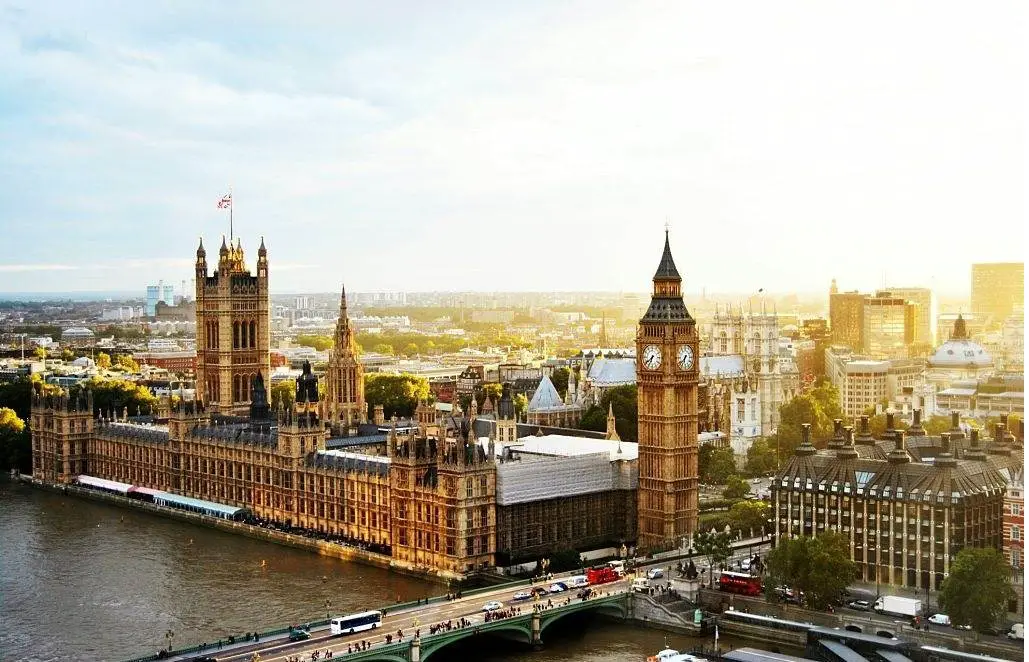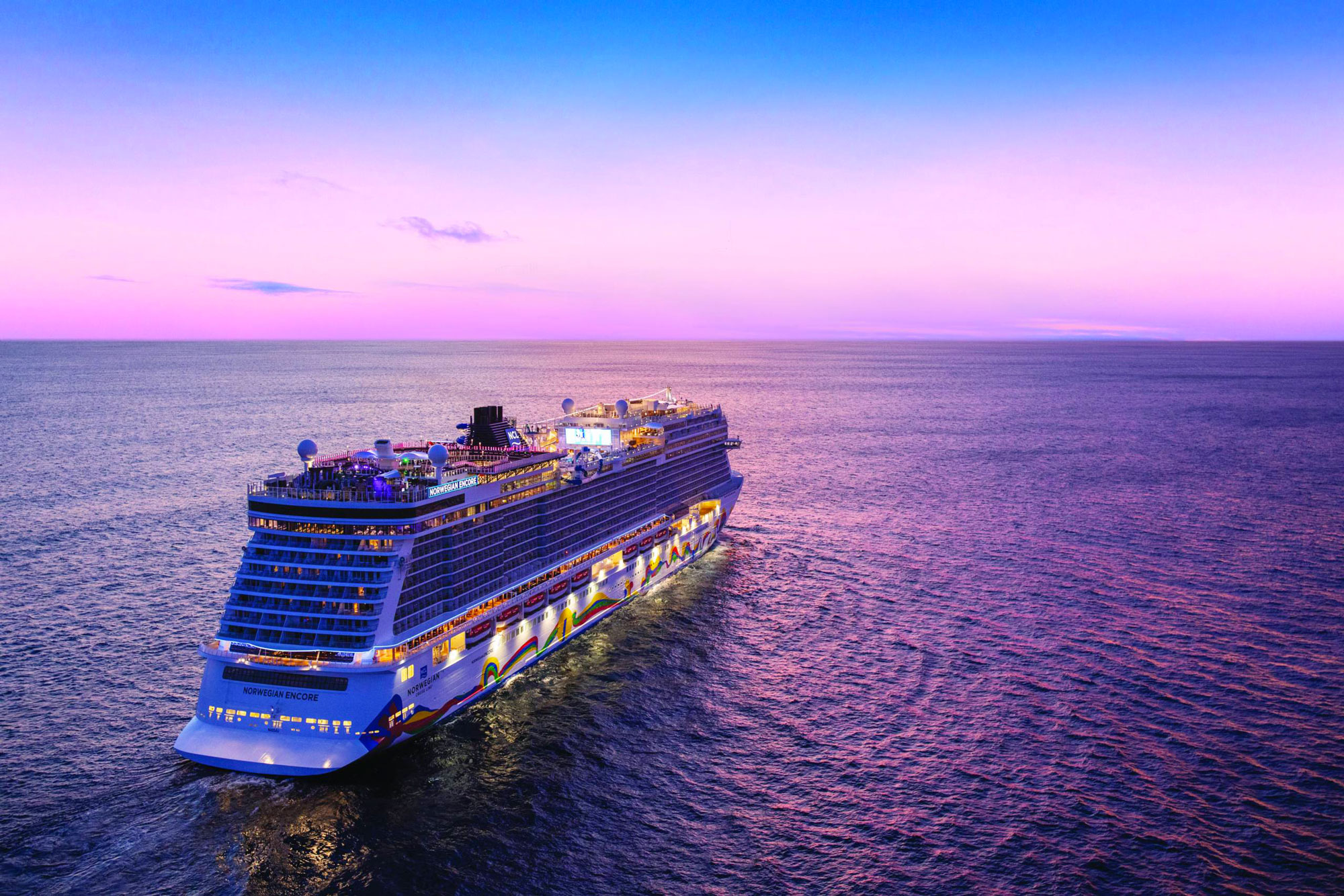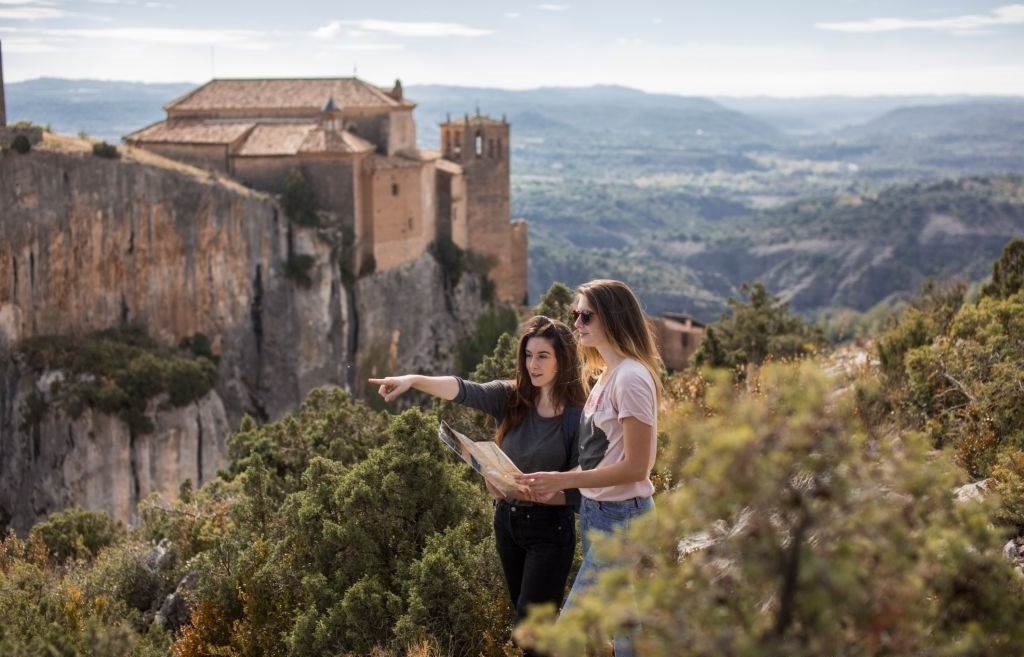Summary
- Pleasant Weather Year-Round: Italy's diverse climate means there's no wrong time to visit. However, the late spring (April to June) and early autumn (September to October) are often considered the best times, with mild temperatures and less tourist congestion.
- Summer Splendor: If you crave warm weather and wish to enjoy the country's coastal areas and outdoor activities, summer (June to August) is ideal, but be prepared for more crowds and higher prices.
- Winter Wonders: Winter (December to February) is perfect for those who prefer a quieter, more intimate experience, especially in cities like Rome and Florence. The holiday season also brings magical festivities and beautiful Christmas markets.
Italy is a country renowned for its breathtaking beauty and magnificent artistic masterpieces. From Tuscany's stunning landscapes to Florence's elegant streets, Italy offers many enchanting views that will leave you spellbound. The radiant lights of Venice, the mesmerizing scenery of the Amalfi Coast, and the glittering waters of Lake Como are just some of the many picturesque locations in the country. The exquisite architecture of Rome, the Vatican City's grandeur, and the Sistine Chapel's magic are examples of Italy's rich artistic heritage.
The best time to visit Italy depends on your personal preferences and the type of experience you're looking for. For Good Weather: The best time to visit Italy is typically from April to June, and September to October. The weather is mild and comfortable, and the crowds are smaller. For Festivals and Events: Italy has many festivals and events throughout the year, such as the Venice Carnival, the Florence Wine Festival, and the Rome Film Festival. Check the schedule before planning your trip. For Avoiding Crowds: The best time to avoid crowds is typically in the shoulder seasons of spring and fall when the weather is still pleasant and the crowds are smaller.
It's recommended to check the local situation before planning your trip. Additionally, some popular destinations such as Venice, Florence, or Rome may have many visitors all year round; it's recommended to consider visiting less popular or off-the-beaten-path destinations, as these areas will likely have fewer tourists.
Category 1: Weather and Seasons in Italy
Best Time For the Weather In Italy
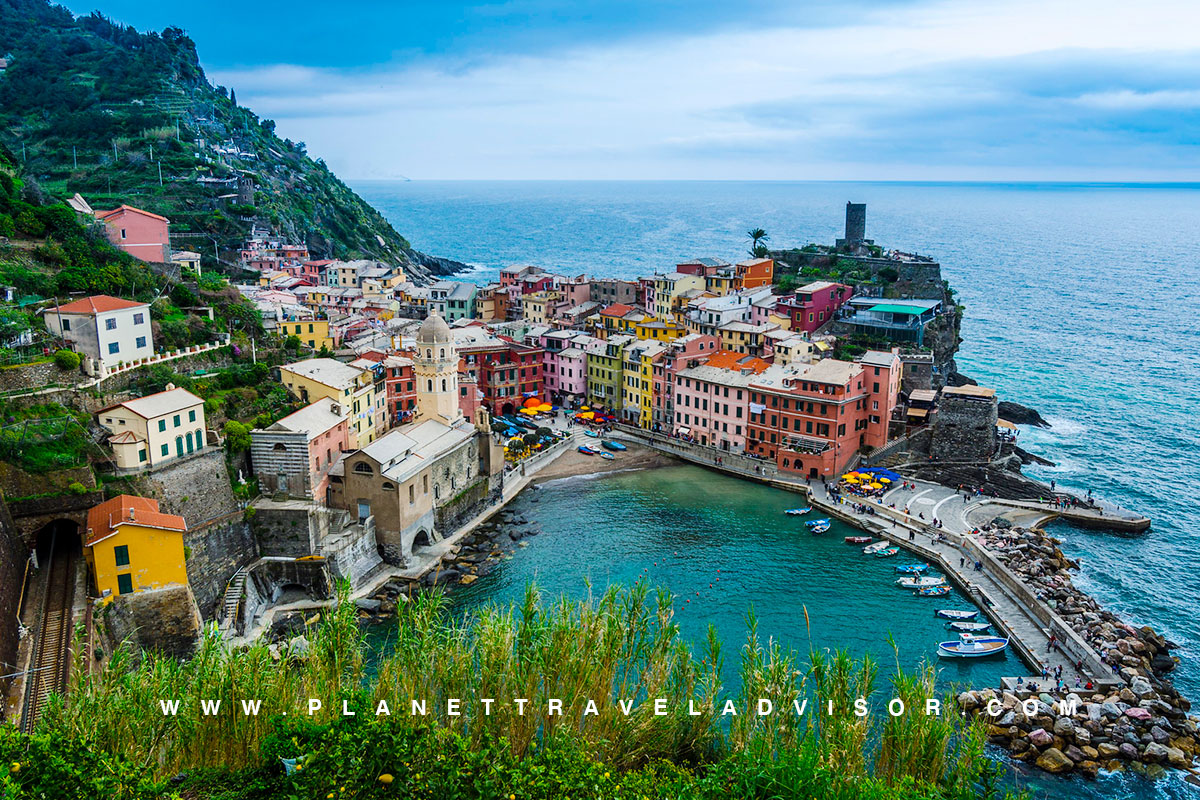
The best time for weather in Italy depends on what you're looking for and the specific region you plan to visit. For the warmest weather: The best time is typically from June to September when the weather is warm and sunny. The temperature is ideal for outdoor activities and beach excursions. For the most comfortable weather:
The best time is typically from April to June, and September to October, when the weather is mild and comfortable, and the crowds are smaller. It's worth noting that Italy has a Mediterranean climate, with warm summers and mild winters, but the weather can vary greatly depending on the specific region you're visiting. For example, the southern regions such as Sicily and Sardinia tend to be warmer and drier than the northern regions such as the Dolomites or the Alps.
Additionally, some regions such as Venice or Florence may have higher humidity levels, especially in summer. It's also good to note that Italy has a varied climate, with different regions having different weather patterns. The weather can change quickly, so checking the forecast before planning your activities is good. Visiting Italy is a truly unforgettable experience that will leave you in awe of its beauty and rich cultural heritage; Italy is a country that offers something for everyone. Whether you're interested in history, art, food, or simply soaking up the beautiful landscapes, a trip to Italy will leave you with many memorable experiences.
What is the Average Temperature in Italy All the Year?
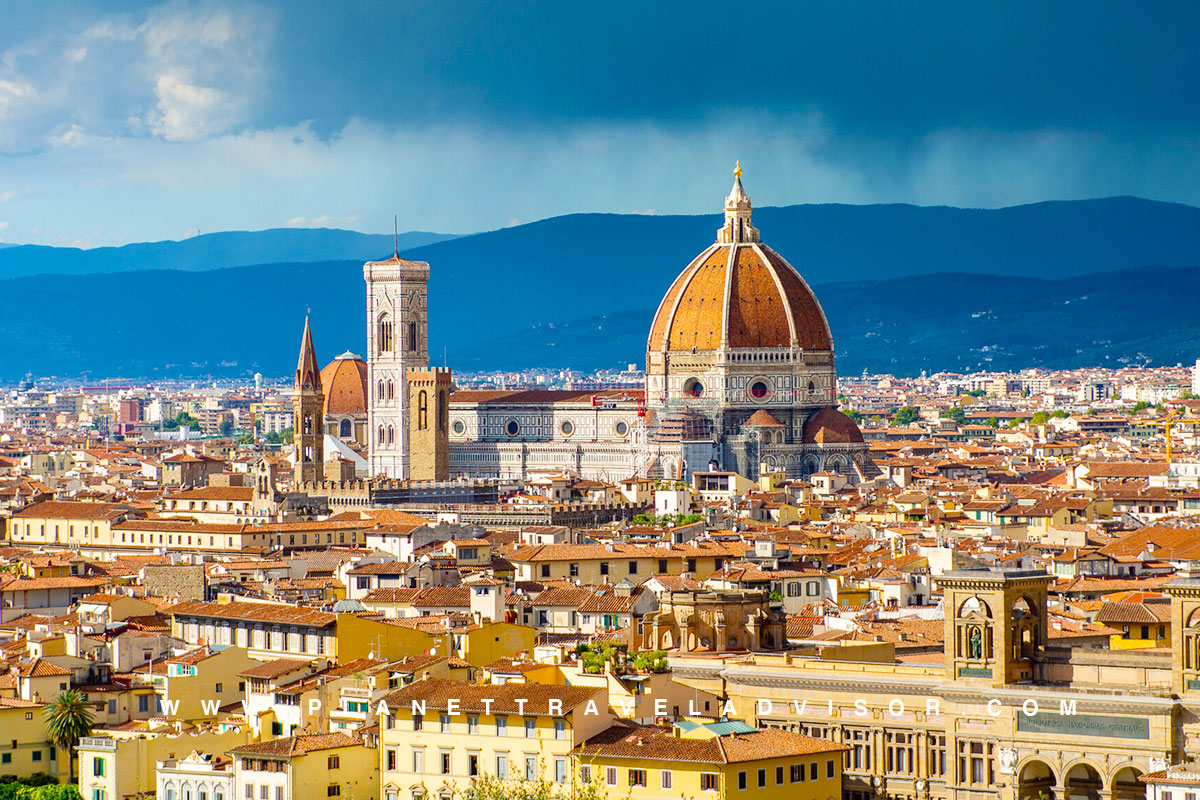
Italy's average temperatures vary by region and season, but here's a general overview of the average temperatures throughout the year for the country. Keep in mind that these are approximate figures and specific regions may experience variations:
Spring (March to May):
| Season | Highs (°F) | Highs (°C) | Lows (°F) | Lows (°C) |
|---|---|---|---|---|
| Spring (March to May) | 60°F to 70°F | 15°C to 24°C | 45°F to 55°F | 7°C to 13°C |
| Summer (June to August) | 75°F to 85°F | 24°C to 30°C | 60°F to 70°F | 15°C to 24°C |
| Autumn (September to November) | 60°F to 70°F | 15°C to 24°C | 45°F to 55°F | 7°C to 13°C |
| Winter (December to February) | 45°F to 55°F | 7°C to 13°C | 35°F to 45°F | 2°C to 7°C |
These averages can vary significantly depending on the region of Italy you're in. Northern Italy tends to have cooler winters than the south, and mountainous areas experience colder temperatures, especially during winter. Due to their Mediterranean climate, coastal regions often have milder winters and hotter summers.
For more precise temperature information and to plan for a specific region, it's a good idea to check local weather forecasts and climate data for the cities or areas you plan to visit in Italy.
Which Months Have High Temperatures in Italy?
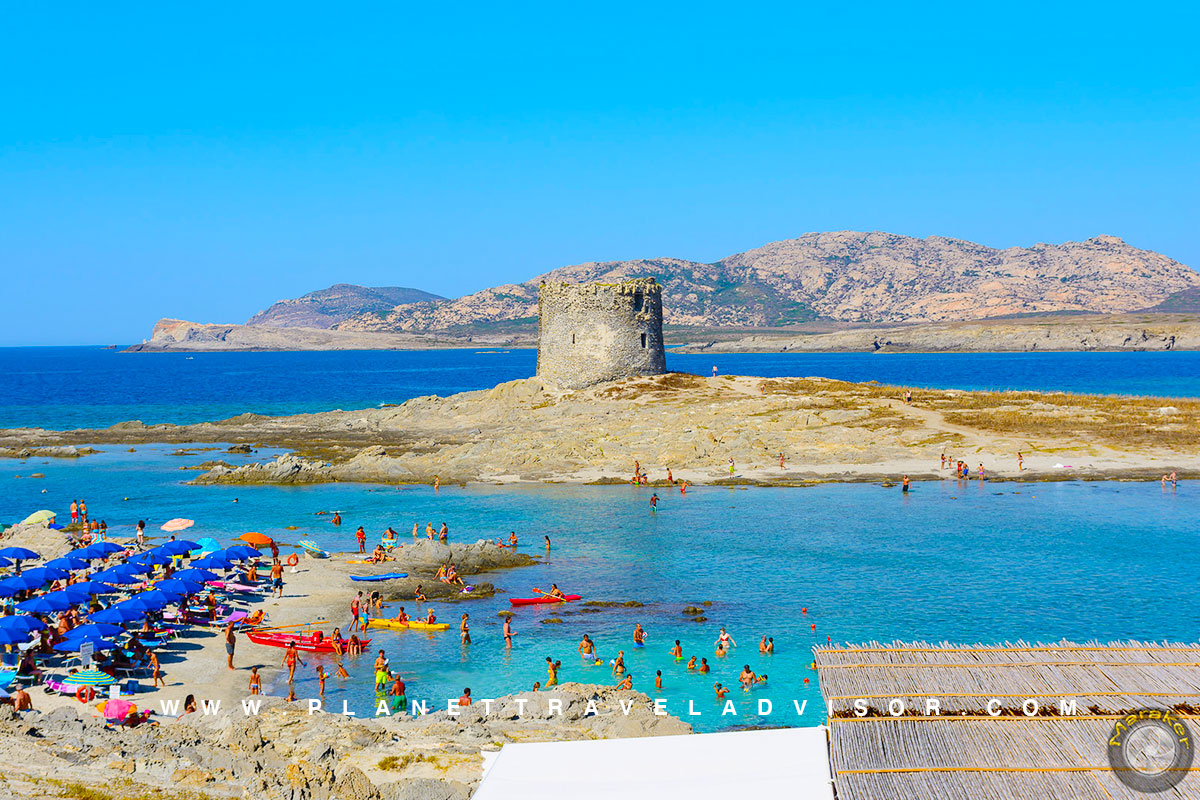
The high temperatures in Italy can be experienced during any month of the year. The warmer months bring even higher temperatures, making Italy the perfect holiday destination.
Summer is a great time to visit Italy, with temperatures ranging from warm to hot all over the country. June, July, August, and September are the warmest months of the year, with average highs ranging from the low 30s Celsius (86-97 Fahrenheit) to the mid-30s Celsius (95-103 Fahrenheit). Although temperatures may vary depending on the region, it's safe to say that much of Italy during these months will have warm to hot temperatures.
Nighttime temperatures during these months tend to remain warm, often in the low 20s Celsius (70-75 Fahrenheit). And, unlike other parts of the world with hot summers, most Italian cities don't have high humidity. This makes the heat more bearable since heat indices don't reach extreme levels.
In addition, spring and autumn months also tend to be warm in many parts of Italy, with average temperatures ranging from the low to mid-20s Celsius (68-77 Fahrenheit). This makes for a perfect time to visit the country as it's not too hot and the crowds tend to be smaller.
In addition to the warmer months, Italy can also be quite remarkable during the winter months of December, January, and February. Temperatures during this time range from 0 to 10 Celsius (32-50 Fahrenheit). Of course, temperatures can drop even lower at night and in some northern cities. So, if you're visiting during winter, always be prepared with warm clothing.
No matter what month you decide to visit, Italy will treat you with warm hospitality, beautiful scenery, and delicious food. So don't let the temperatures scare you away – it's sure to be a holiday to remember!
What is the Best Time for Warm Temperatures in Italy?
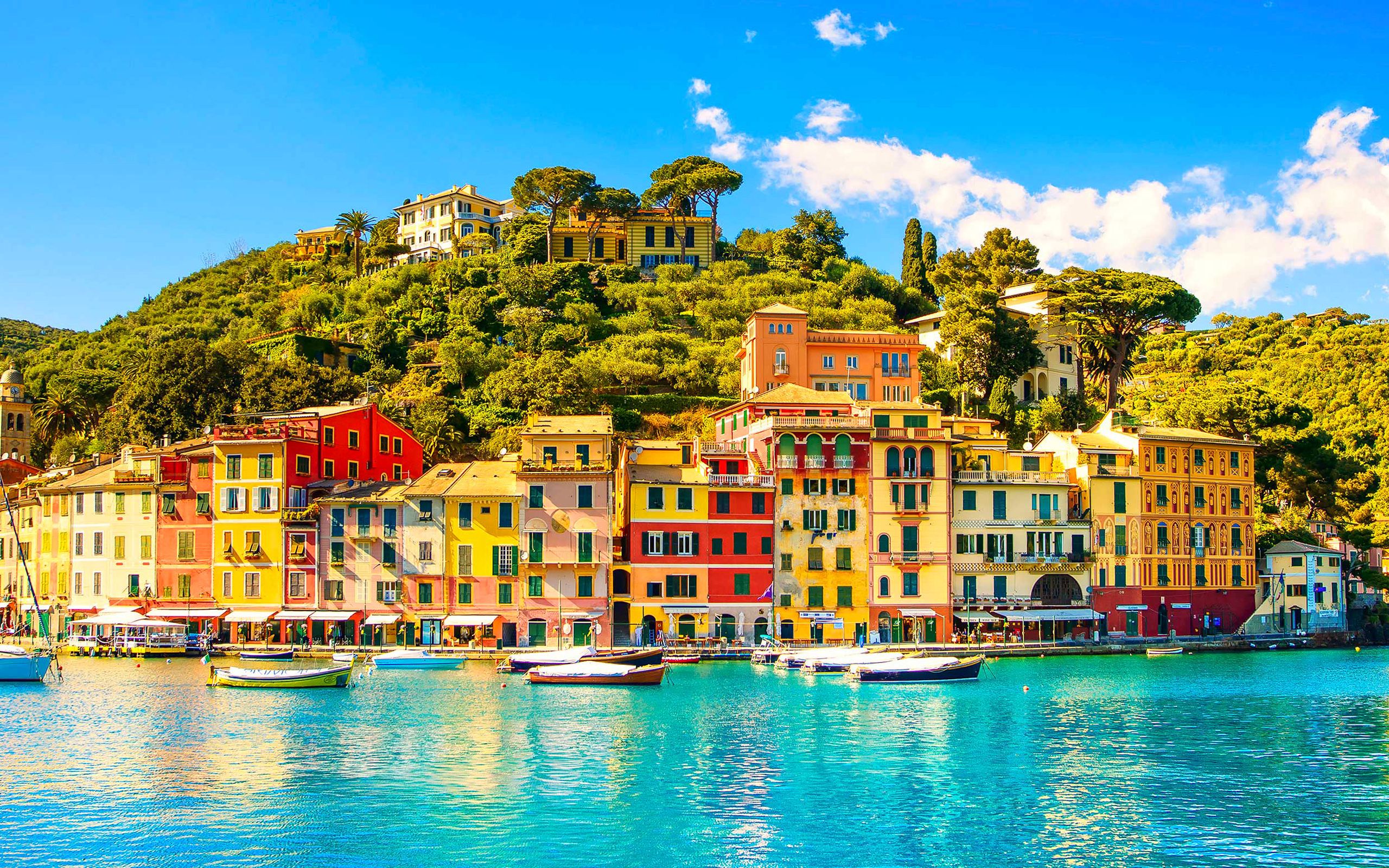
If you’re looking for the best time to plan your trip to Italy, when you can expect beautiful warm weather and plenty of sunshine, then late spring to early fall is the ideal time to go. During this period, the temperatures in Italy range between the pleasant mid-to-high 20s (Celsius) along the coast and in the south, and the mid-teens in the north.
The months between late April and June are the best time to visit the south of Italy, particularly the Mediterranean coast and coastal islands. This is when temperatures are the warmest, and you can comfortably explore all the beautiful sights. Head to Naples or the Amalfi Coast during this time for pleasant climates and the chance to explore some of Italy’s finest cities.
If you want a more relaxed, laid-back atmosphere in the south, then July and August are the best months. Temperatures can soar to over 30 degrees Celsius during these months, but the cooler sea breeze along the coast will help to make your days more comfortable. Enjoying a day at the beach with a light meal such as Caprese salad is a great way to while away the hours here.
In northern Italy, the summer months are not as hot, with temperatures typically ranging between 16 to 22 degrees Celsius. This makes cities such as Milan, Florence, and Venice a great place to visit during this time, with plenty of outdoor activities, such as taking in the sights and sounds of one of the many beautiful canals in Venice or sampling exquisite Tuscan food in Florence.
Late autumn to early spring is the best time if you'd prefer cooler temperatures. Although you can expect cooler temperatures during this time, temperatures rarely dip below 5 degrees Celsius in the south. This makes it the perfect time for skiing, exploring the beautiful Apennine Mountains, and enjoying Italy’s finest food and drink.
No matter when you choose to visit Italy, you can guarantee warm temperatures and plenty of sunshine. Just make sure to plan and check the forecast to ensure you don’t miss out on the best of what the country offers.
Best Time to Visit Italy for Moderate Temperatures
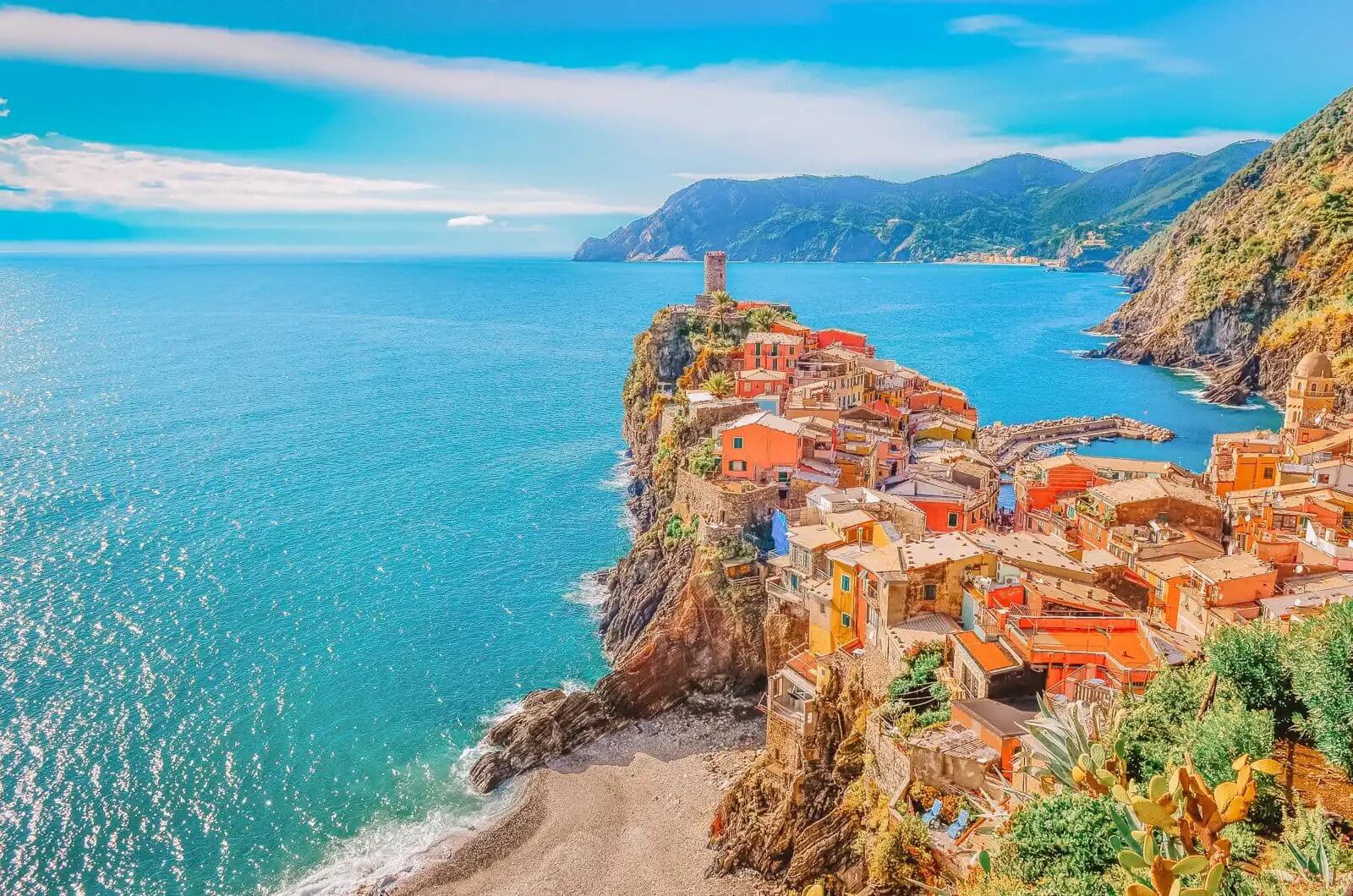
If you're looking for the best time to visit Italy with moderate temperatures, where you can comfortably explore the country without extreme heat or cold, consider the following periods:
| Season | Highs (°F) Range | Highs (°C) Range | Additional Details |
|---|---|---|---|
| Spring (April to May) | 60°F to 70°F | 15°C to 24°C | Mild and pleasant temperatures. Ideal for sightseeing and outdoor activities. Crowds are thinner compared to summer. |
| Autumn (September to October) | 65°F to 75°F | 18°C to 24°C | Comfortable temperatures. Great for exploring cities, cultural attractions, and the countryside. Harvest festivals and local events are expected. |
These periods offer the best balance of pleasant weather and fewer crowds, making exploring Italy's cities, historical sites, and natural beauty more accessible without the discomfort of extreme temperatures. It's worth noting that Italy is a diverse country so the climate can vary significantly from the north to the south and from coastal regions to the interior. Be sure to check the specific weather conditions for the regions you plan to visit and pack accordingly.
Best Season to Visit Italy
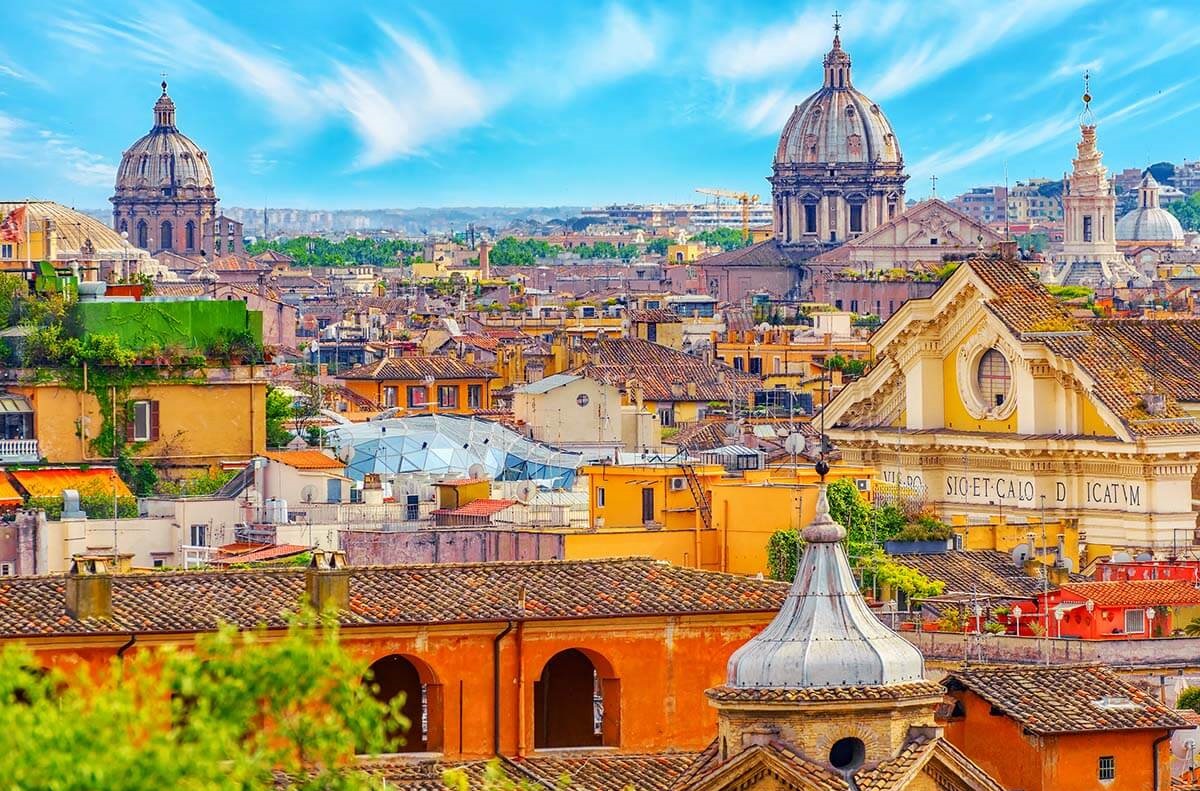
The best time to visit Italy is a much-debated question among travelers. With its mild Mediterranean climate and beautiful cities, Italy is a popular destination all year round. There’s no wrong time to explore the country’s historical cities, seafood-loaded coastlines, and rolling hills. However, depending on your goals and preferences while visiting Italy, certain months and seasons are better than others.
| Season | Ideal Months | Temperature Range (°C) | Temperature Range (°F) | Additional Details |
|---|---|---|---|---|
| Spring (April to June) | April to June | 15°C to 27-30°C | 59°F to 81-86°F | Mild and pleasant weather, occasional April showers, blooming flowers, and generally not too hot. The south may be warmer but not unbearable. |
| Autumn (September to October) | September to October | 18°C to 27°C | 65°F to 81°F | Comfortable temperatures, ideal for exploring cities and the countryside. Harvest festivals and local events. Slight drop in temperatures. |
| Offseason (November to March) | November to March | 10°C and lower | 50°F and lower | Lower accommodation rates and airfares. Some regions experience cooler temperatures, and winter is best for specific places like Venice and Lake Como. Snowfall and low temperatures in mountain regions. |
Summer is the most popular time to visit Italy. Tourists flock to the country this season to soak up its nightlife, beach culture, and outdoor activities in the sunshine. However, remember that the temperature can reach over 40°C in certain parts of the country, making it hard to explore during the day. Hotels and attractions can also be more expensive and overcrowded during the peak summer.
Best Months for Fewer Tourists in Italy
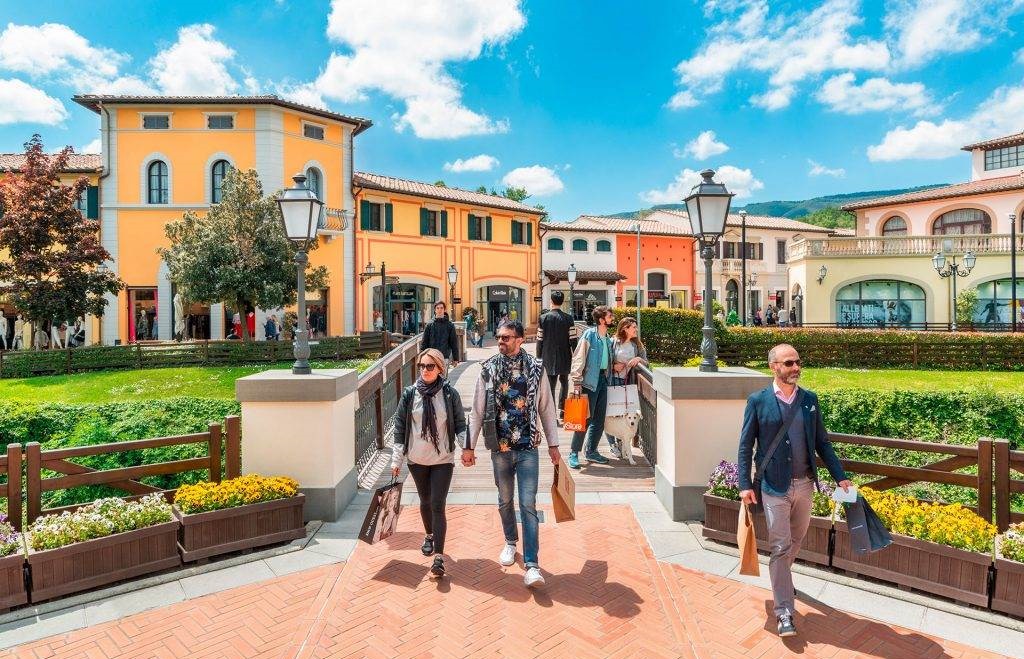
June, July, and August are renowned for being the most popular times for tourists to travel. The warm weather, the wildflowers in bloom, and vacation days from work or school make them the perfect times for a visit. However, if you’re looking for a trip to Italy with fewer crowds, then April, May, September, and October may be for you.
April is ideal for visiting Italy due to its mild temperatures and blooming gardens. This is an excellent time to explore cities such as Rome, Florence, and Milan when they are less crowded. Of course, April also marks the traditional start of the Italian vacation season, so the beaches and coastal towns will still be busy. However, if you’re looking for a more laid-back holiday, you can avoid these destinations and explore the smaller towns and cities.
May and September are two of the best months to visit Italy. The temperatures are still warm and comfortable, and the crowds are much smaller. While it’s still peak tourist season, the crowds are much easier to manage, especially if you’re traveling in small towns and cities. Exploring Italy during these months also lets you enjoy some of the best seasonal dishes and wines.
October is a great month to travel to Italy if you’re looking for fewer tourists. The crowds are slimmer, and the weather is still good for sightseeing. October is also the perfect time to experience the spectacular fall colors. Of course, you should be prepared for some cooler weather, but with some planning, you can still enjoy the Italian culture and cuisine without the crowds.
What is the Low Season in Italy?
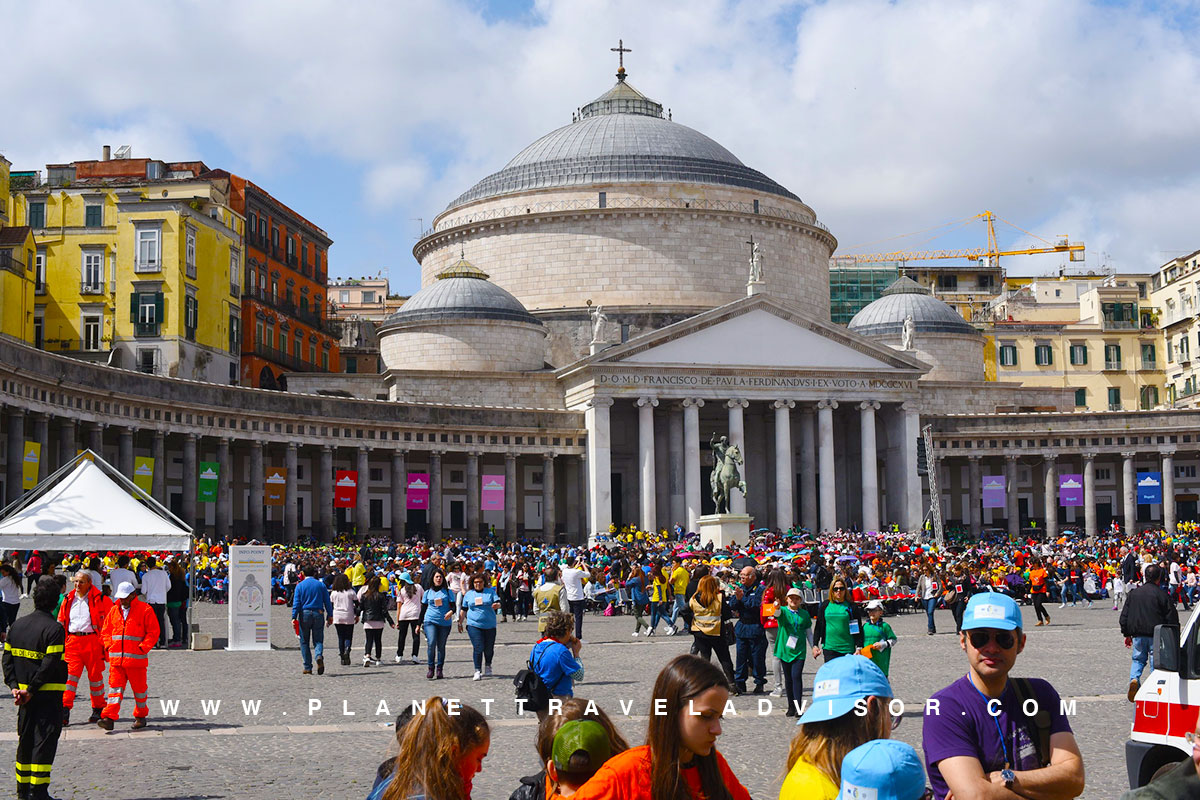
The low season in Italy generally runs from November through March, and as a bonus, this is usually when the most rewarding and beautiful weather can be experienced. The milder temperatures mean fewer extreme highs and lows, making it more comfortable to explore the country.
During this time, many attractions offer discounted tickets and prices throughout Italy are generally lower than in the peak months. This is also an ideal time for outdoor activities like hiking, biking, and beach trips without the swarms of tourists that flock to Italy in the summer months.
Aside from the favorable weather, one of the biggest draws of visiting Italy in the low season is the lack of crowds. You won’t have to worry about fighting through mobs of tourists for pictures in front of famous attractions like the Colosseum and the Leaning Tower of Pisa. Plus, you’ll have a much richer experience while exploring the country’s culture and regions since you’ll be able to take your time and get to know the places you’re visiting.
Of course, not everything will be open in the low season. Depending on your destination, certain attractions, restaurants, and transportation options may be limited. It’s a good idea to research beforehand, so you know exactly what to expect when you arrive. But in general, you’ll find that the slower pace of the low season is a great way to get the most out of your trip.
Ultimately, the low season is an ideal time to visit if you’re looking for a more relaxed and affordable trip to Italy. With its milder temperatures and fewer crowds, you’ll have plenty of time to enjoy the culture, cuisine, and breathtaking landscapes that make this country unique.
What is the High Season in Italy?
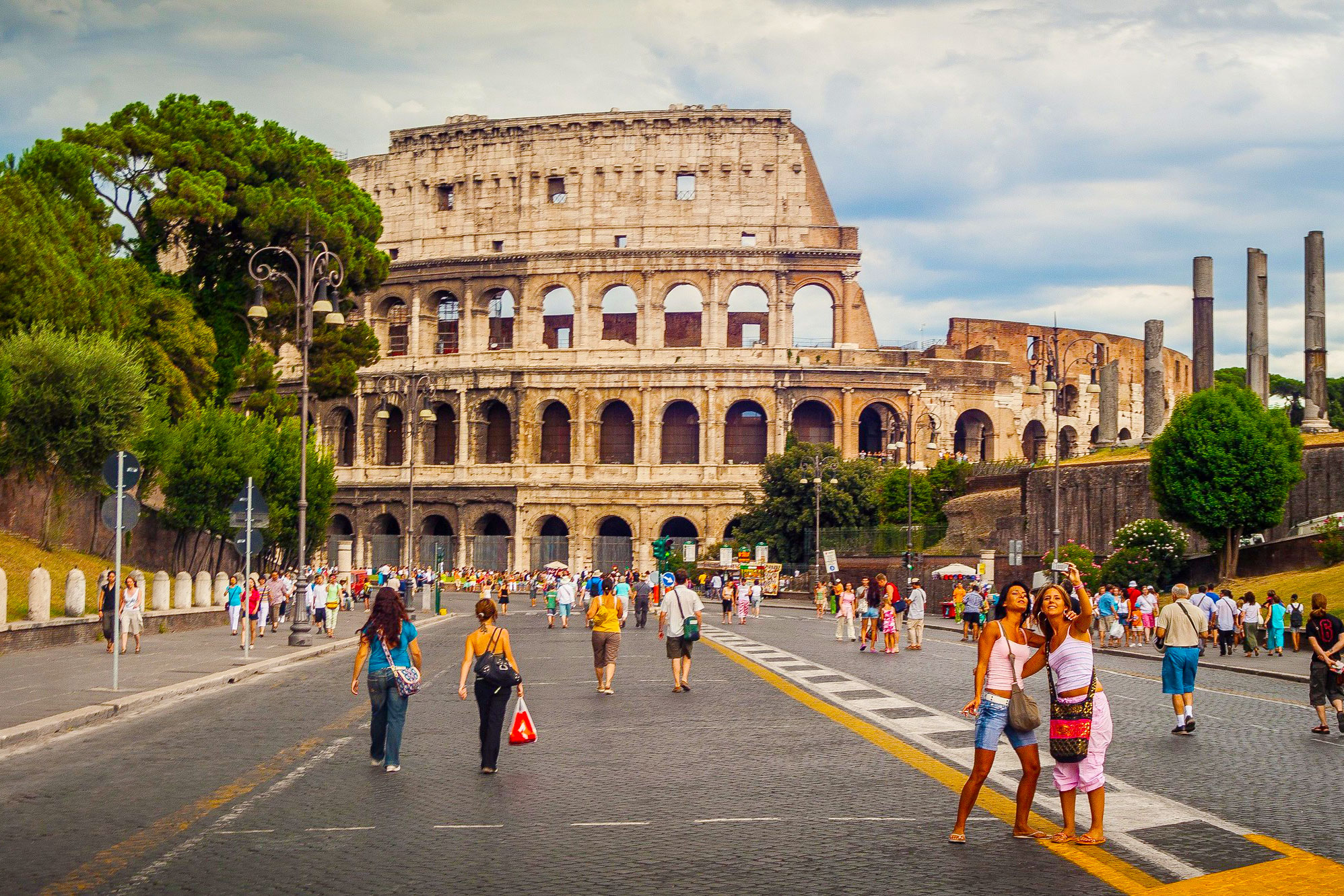
The high season in Italy typically occurs during the summer months, particularly from late June to August. This is when Italy experiences the highest influx of domestic and international tourists. There are several reasons why this period is considered the high season in Italy:
Warm and Sunny Weather: Italy enjoys warm and sunny weather during the summer, making it ideal for beach vacations, outdoor activities, and sightseeing. The Mediterranean climate and pleasant temperatures attract visitors from around the world.
-
School Vacations: Many European countries, as well as North America, have summer vacations during this period, which means families often choose to travel to Italy during the summer months. This results in a significant increase in tourist numbers.
-
Festivals and Events: Italy hosts numerous festivals and events in the summer, such as the Siena Palio, opera festivals in cities like Verona, and various local celebrations. These events draw large crowds.
-
Beach Destinations: Coastal regions like the Amalfi Coast, the Italian Riviera, and the islands of Sicily and Sardinia are prevalent in the summer due to their beautiful beaches and coastal activities.
-
Peak Season for Tourism: Many businesses, including hotels, restaurants, and tour operators, charge higher prices during the summer months due to increased demand. This contributes to the high-season designation.
While the summer offers fantastic weather and a lively atmosphere, it's essential to remember that popular tourist destinations can be crowded, and accommodations can be more expensive. Therefore, if you prefer a quieter and more budget-friendly experience, you might want to consider visiting during the shoulder season or even the off-season, which can have its unique charms and advantages.
What is the Shoulder Season in Italy?
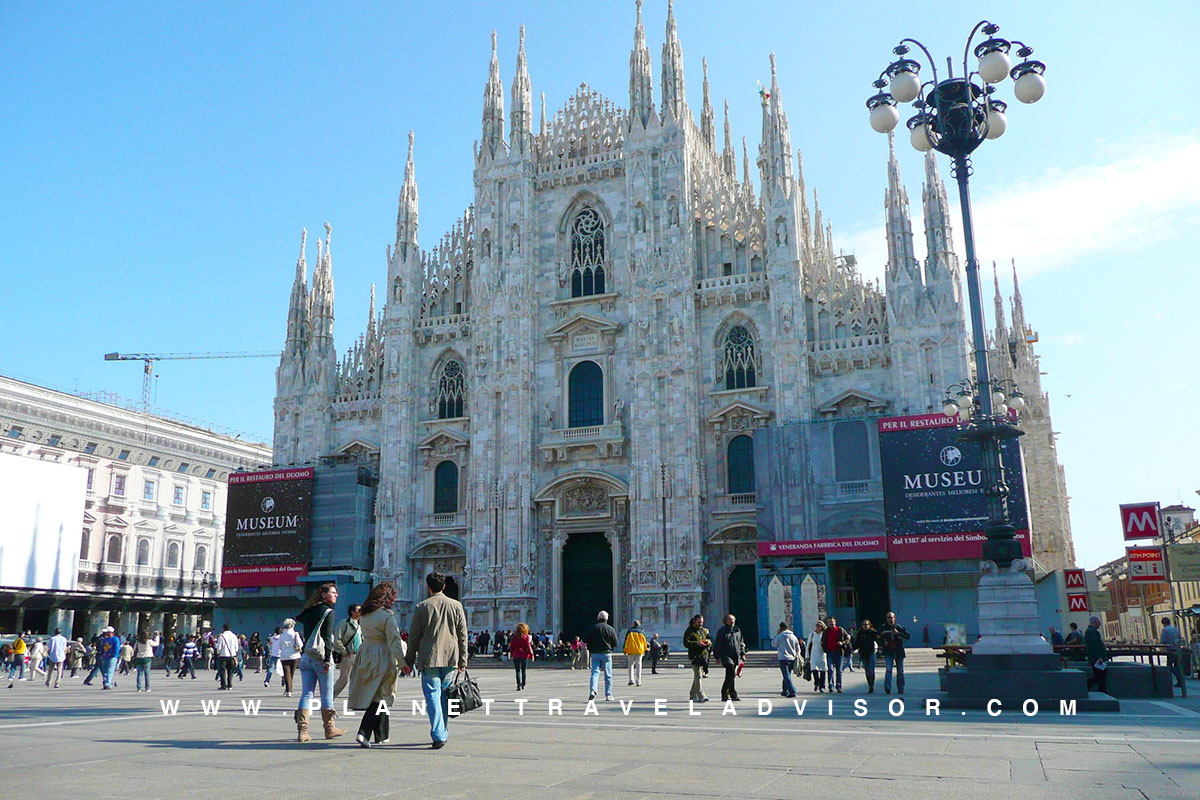
Italy's shoulder seasons typically encompass April and October, and they are a well-kept secret among savvy travelers. These months offer a delightful compromise between summer's vibrant highs and winter's quiet lows. This section will explore why visiting Italy during the shoulder season is fantastic.
Benefits of Shoulder Season:
-
Mild Weather: April and October provide near-ideal weather conditions. Expect comfortable temperatures, with daytime highs ranging from 60°F to 70°F (15°C to 24°C) in most regions. It's perfect for those who wish to explore without dealing with summer's scorching heat or winter's chill.
-
Fewer Crowds: One of the most significant advantages of the shoulder season is the reduced tourist traffic. Popular attractions, museums, and historical sites are less crowded, allowing you to enjoy them without the long lines and crowds often seen in the summer months.
-
Lower Prices: With lower demand, you'll find more affordable accommodations and discounts on tours and activities. This makes Italy an attractive option for budget-conscious travelers during the shoulder season.
-
Festivals and Events: April and October host various local festivals and events. April brings Easter celebrations, while October features food and wine festivals. These events offer an authentic glimpse into Italian culture and traditions.
Recommended Destinations:
-
Rome: April and October are fantastic months to explore the Eternal City. You can visit the Colosseum, Vatican City, and the Roman Forum without the peak season crowds.
-
Florence: In these months, you can admire Renaissance art and architecture without battling long lines at the Uffizi Gallery and the Accademia Gallery, home to Michelangelo's David.
-
Venice: Experience the magic of Venice in a more intimate setting during the shoulder season. Explore the canals, St. Mark's Basilica, and the Doge's Palace without the swarm of summer tourists.
-
Tuscany: The rolling hills of Tuscany come to life in the spring with blossoming flowers and vineyards. October offers an enchanting autumnal landscape with harvest festivals and truffle markets.
Tips for Traveling During Shoulder Season:
-
Pack Layers: Be prepared for fluctuating temperatures by packing layers that can be added or removed as needed.
-
Book in Advance: There are fewer tourists, so booking accommodations and significant tours in advance is still a good idea, especially in popular cities.
-
Local Cuisine: Enjoy seasonal dishes and regional specialties, like spring artichokes or fall truffles, that you won't find at other times of the year.
What is the Peak Season in Italy?
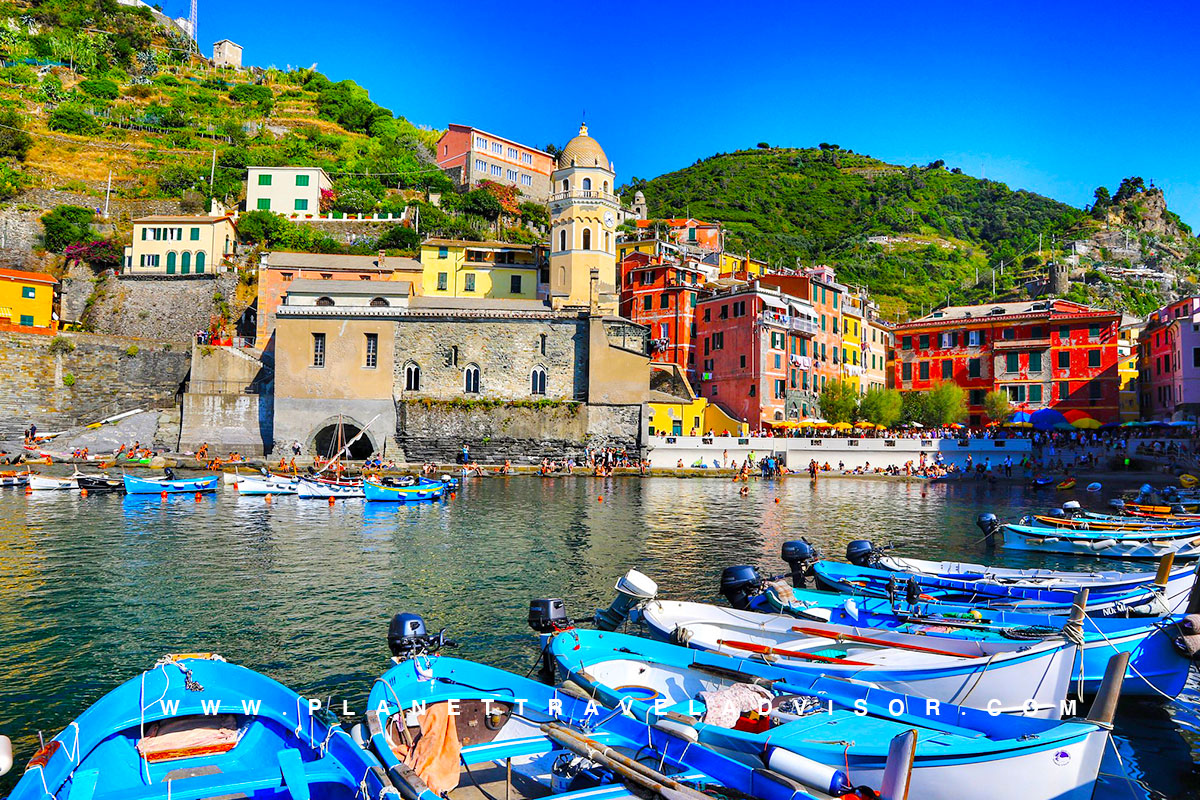
The peak season for traveling to Italy is from mid-June through early September. This is when the weather is the warmest and when the tourist season reaches its peak. Prices tend to be at their highest during this time, so it may be beneficial to plan a trip during the shoulder months of April through mid-June and September through October. During these months the weather is still lovely and mild, and you can take advantage of fewer crowds and lower prices.
If you plan to explore the Italian coast, the peak season is from late June to early August. This is when the Mediterranean Sea is the warmest, and the beaches and resorts are the busiest. Prices peak around July, so planning a trip towards the end of June or the beginning of August may be more economical.
Being aware of the many festivals and events throughout the year is essential when planning a trip to Italy. Some of the largest are the Venice Carnival in February, Carnevale in different towns in March, and the Florence Biennale in June. It may be worthwhile to adjust your travel itinerary to incorporate these events.
If you’re looking for the perfect place to explore the Italian culture and landscape, the peak season can be the best time to visit. During the summer you can bask in the glorious sunshine and enjoy the long days. However, it’s essential to remember that prices will be higher and the attractions will be busier. If you want a more relaxed and affordable trip, consider visiting during the shoulder seasons.
No matter when you decide to visit, Italy is an incredible destination. From the beaches of the Mediterranean to the rolling hills and vineyards of Tuscany, the country's beauty and culture will captivate you. Whether you’re looking to explore the cities or get off the beaten path, you can find something in Italy for everyone.
What are the Summer Months in Italy?
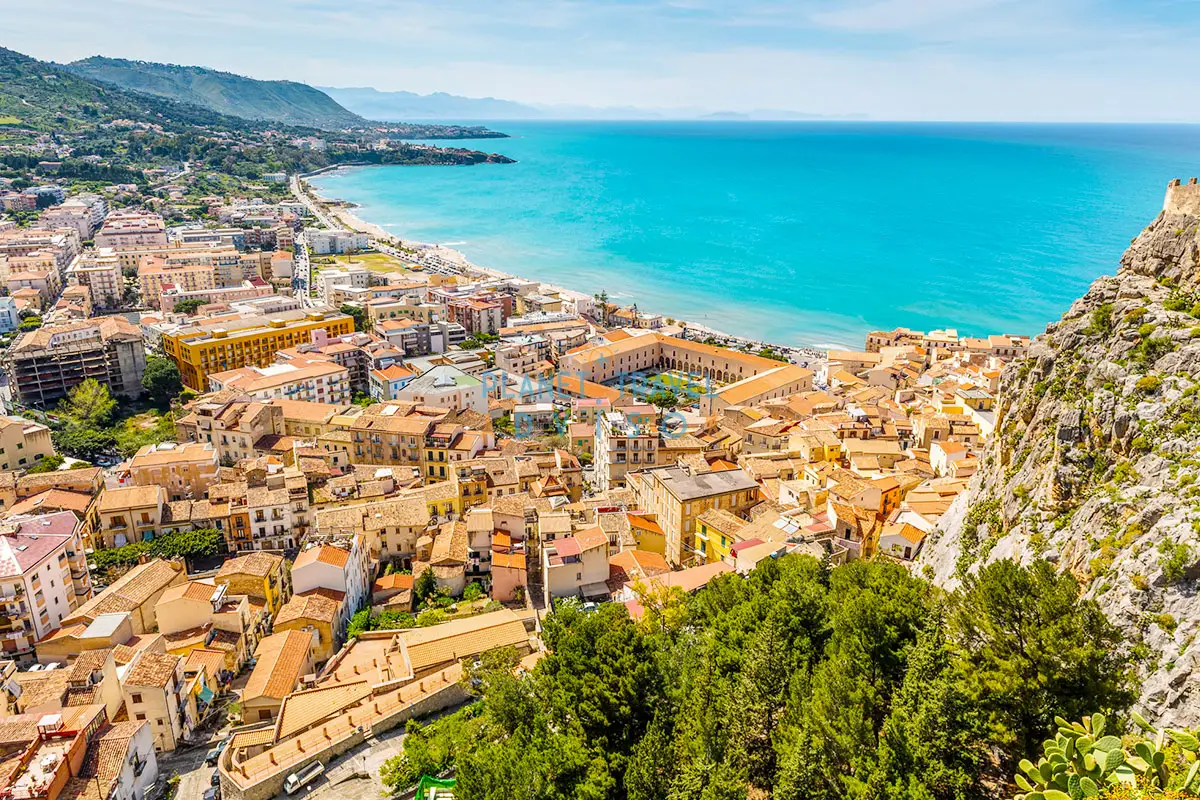
The summer months in Italy are a heavenly time of golden sunshine, balmy breezes, and plenty of outdoor activities. From the stunning Mediterranean coastline to the rolling hills of Tuscany and the cobbled streets of Rome, the warm weather provides the perfect setting for experiencing the best of Italy.
- June
- July
- August
In June, temperatures are usually mid-to high-20s Celsius, and the days are long and balmy. It’s an ideal time to head outdoors and enjoy everything the Italian countryside offers. Stroll through the vineyards of Chianti, take a gondola ride through the canals of Venice, or go swimming in the Tyrrhenian Sea. For those with more of an adventurous streak, there’s the chance to go hiking, rock climbing, or white-water rafting.
July sees things heating up even more, with temperatures reaching nearly 40 degrees Celsius. While this won’t be to everyone’s taste, it’s a great time to visit cultural attractions without the crowds. Stroll through the streets of Milan, explore the ruins of Pompeii, or take a day trip to the Lake Como resorts. Of course, the opportunity to enjoy a cold Panzanella in the Italian sunshine is not to be missed.
In August, temperatures remain hot and humid, with a refreshing sea breeze providing some welcome relief. This is a great time to hit the beaches and indulge in various watersports, from wind-surfing to kite-surfing and paddle-boarding. The nightlife in Rome, Florence, and Verona is also particularly vibrant in August and a great way to enjoy the balmy evenings.
So, whatever your preference for summer fun, Italy’s warm months provide plenty of opportunities to explore and enjoy the best of Italian culture, cuisine, and outdoor activities. Whether you’re looking for downtime or adventure, Italy is the perfect destination for an unforgettable summer experience.
What are the Winter Months in Italy?
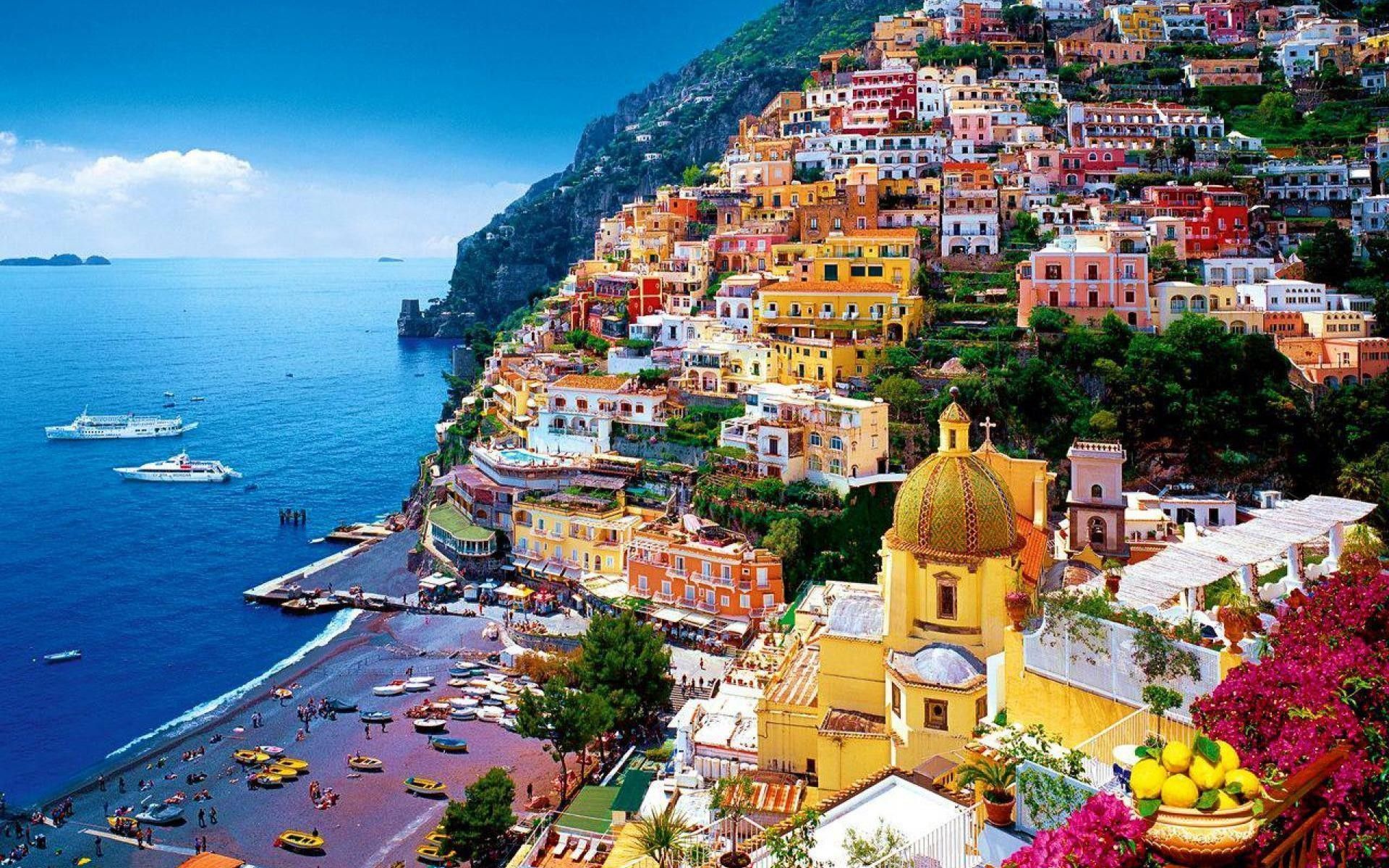
Wintertime in Italy is an enchanting experience. Italy's winter has something for everyone, from snow-capped mountains to bustling cities. The winter months in Italy usually span from late November through mid-March. During this time, temperatures drop, and snowfall is expected in the Northern regions, particularly in the Alps and the Dolomites. In southern Italy, winters are milder, but temperatures can still drop below freezing.
The snowy landscape in Italy is the perfect backdrop for all kinds of winter activities. Skiing and snowboarding are popular sports, and in the north, the slopes of the Alps and the Dolomites are perfect for taking in breathtaking views. Elsewhere, winter hikes in the countryside offer an opportunity to explore the picturesque landscape.
For those who prefer a more leisurely activity, why not stroll through one of Italy’s iconic cities? Rome and Florence are delightful in winter when the crowds are fewer, and the atmosphere is more romantic. Other cities, like Venice, are particularly magical in winter with their canal-side streets and twinkling winter lights.
No matter where you decide to spend your winter in Italy, you’re sure to be treated to some of the country’s best food and wine. Delicious winter dishes such as braised meats, hearty soups, and hot chocolate combine to make your winter nights more cozy. Italian wines, like Barolo and Chianti, are also excellent options for warming up during those chillier months.
Italy in winter has something for everyone. Whether you’re looking for a cozy winter break or an exhilarating adventure, a winter in Italy will surely be memorable.
Category 2: Specific Destinations
Best Time to Visit Amalfi Coast
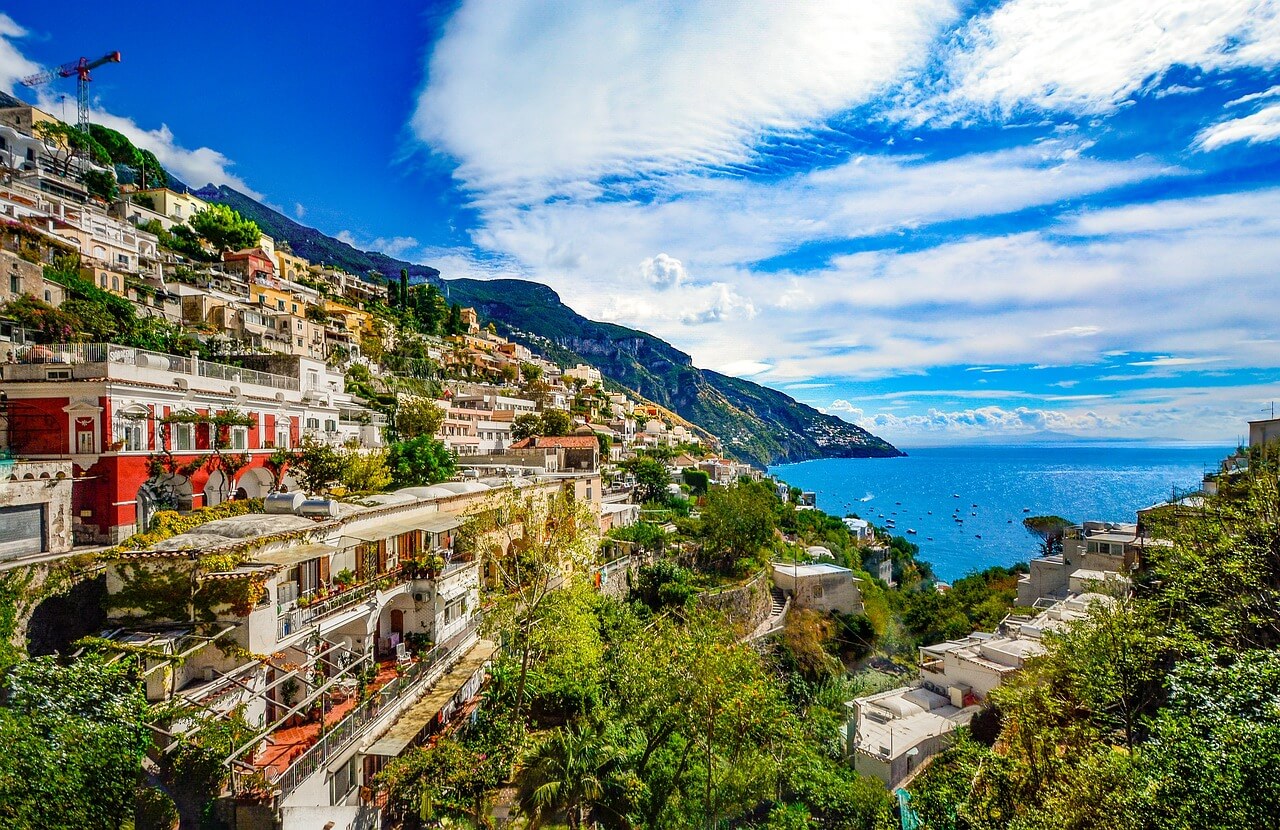
The summer months are suitable if you prefer warm, beach-oriented vacations and don't mind crowds. However, if you want to avoid the crowds and enjoy pleasant weather, the shoulder seasons of April and October can provide an excellent compromise. Spring and autumn offer mild weather, beautiful landscapes, and a more relaxed atmosphere, making them an appealing choice for many travelers. Here's a breakdown of the different seasons and what you can expect during each:
| Season | Highlights | Temperature Range (°C) | Temperature Range (°F) |
|---|---|---|---|
| Spring (March to May) | Best for pleasant weather and blooming landscapes. It is ideal for hiking and exploring the coastal towns. Fewer tourists compared to the summer high season. | 15°C to 24°C | 60°F to 70°F |
| Summer (June to August) | High season with warm and sunny weather. Perfect for beachgoers, water activities, and sunbathing. Crowded beaches, towns, and attractions. Booking for accommodations is recommended. | 24°C to 30°C | 75°F to 85°F |
| Autumn (September to November) | Mild and comfortable temperatures, especially in September and October. Grape and olive harvests lead to wine and food festivals. Fewer tourists compared to summer, making it an excellent time for a more relaxed visit. | 18°C to 27°C | 65°F to 81°F |
| Winter (December to February) | Off-season with the fewest tourists. Some businesses and accommodations may have reduced hours or be closed—ideal for travelers on a budget and those who prefer solitude. Christmas markets and holiday festivities can be charming in December. | 10°C and lower | 50°F and lower |
| Shoulder Seasons (April and October) | These transitional months offer a balance of good weather and fewer crowds. Ideal for a mix of outdoor activities, sightseeing, and local culture. Accommodations and activities may be more affordable compared to peak summer months. | 15°C to 27°C | 59°F to 81°F |
Best Time to Visit Northern Italy
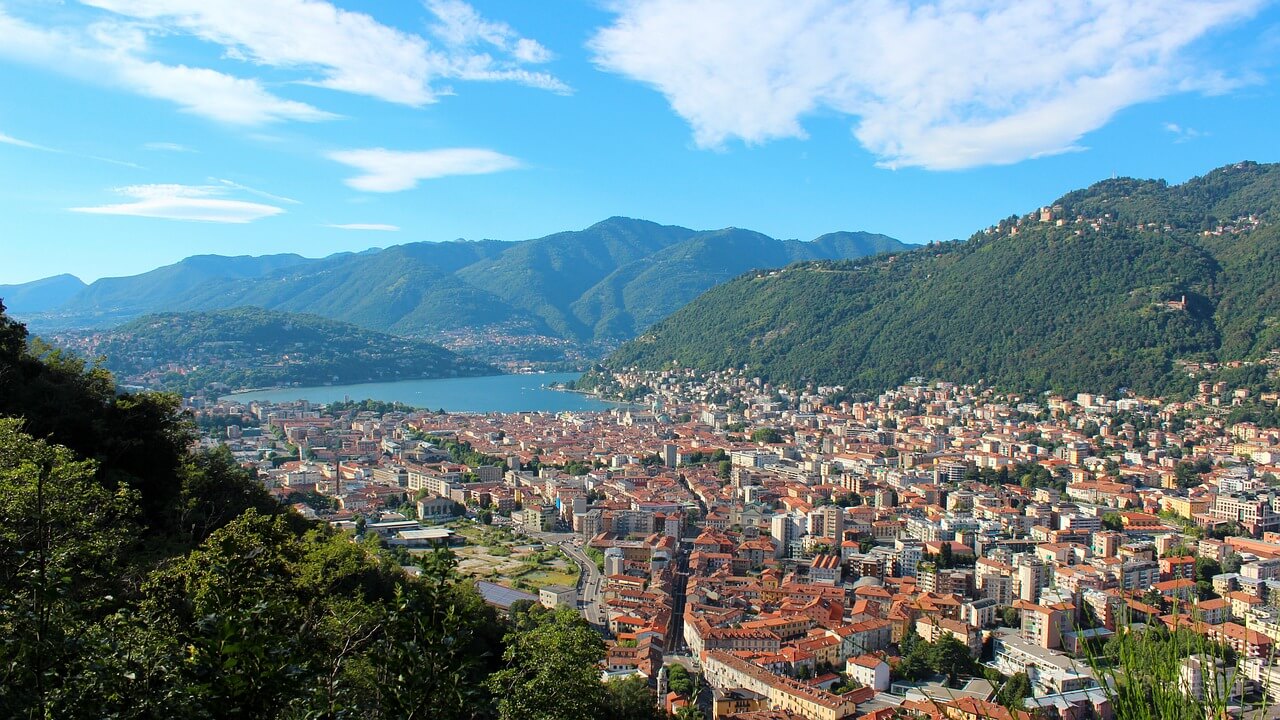
If you’re looking for the perfect place to take a break from it all, Northern Italy should be at the top of your list. With something for everyone, it’s an excellent destination for all travelers. With its spectacular scenery, stunning architecture, and some of the best food in the world, Northern Italy has something to offer everyone, regardless of their budget.
The best time to visit Northern Italy is between April and October. This is when the weather is at its best, with warm, sunny days and mild nights. The days tend to be longer, with the sun setting after 9 p.m., giving you plenty of time to explore the unique towns and cities that make up this region of the country.
The Alps in the north of Italy are best explored between June and October when the snow will have cleared, and the long days will let you explore for longer. This country's area is renowned for its skiing and winter sports, and several ski resorts are open yearly.
The Italian Riviera is a great place to visit in the spring and summer. The area is renowned for its beautiful beaches, and you’ll find plenty of restaurants, bars, and cafés open all year round. The summer months are the best time to visit the Riviera, as you’ll be able to take advantage of the warm weather and enjoy some of the best beaches in the country.
The Dolomites in the northeast offer stunning scenery that will take your breath away. The best time to visit is from late April to October. This is when the weather is at its best and the days are longer. There are plenty of places to explore in the Dolomites, including hiking and climbing, and during the summer months, you’ll find plenty of campsites, restaurants, and bars that stay open all year round to cater to travelers.
Northern Italy also offers many cultural attractions, such as art galleries, museums, and music venues. Milan, Turin, Venice, and Verona are popular destinations, so if you’re looking for a cultural experience, the best time to visit is from March to December.
Whichever time of year you visit Northern Italy, you’re sure to have a great time. With its stunning scenery, fantastic architecture, and some of the best food in the world, Northern Italy is worth the trip.
Best Time to Visit the Southern Italy
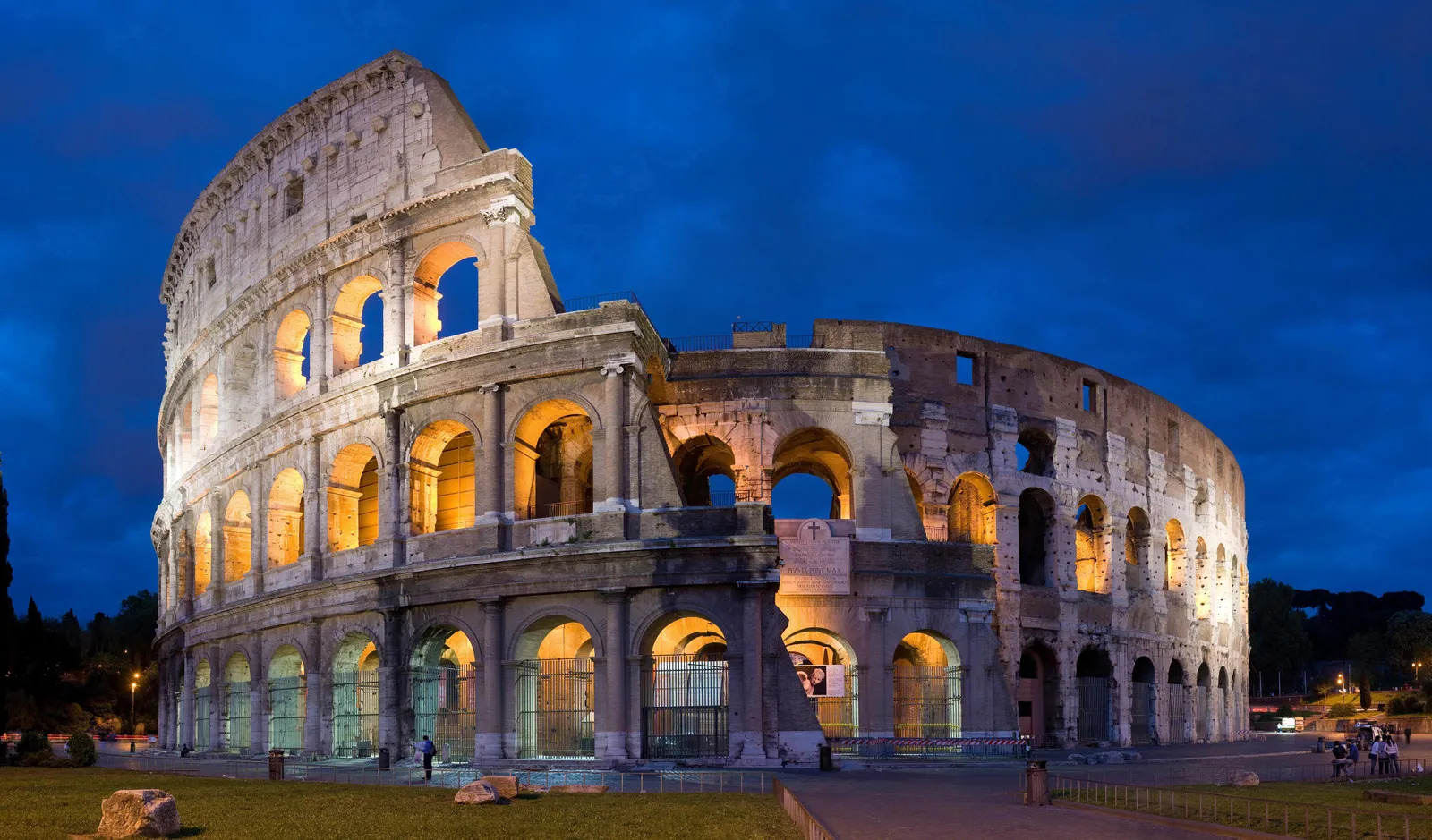
The best time to visit Southern Italy, which includes regions like Sicily, Calabria, Campania, and Puglia, largely depends on your preferences and what you want to experience during your trip. Here are some considerations for each season:
| Season | Highlights | Temperature Range (°C) | Temperature Range (°F) |
|---|---|---|---|
| Spring (March to May) | It is one of the best times to visit Southern Italy. Mild weather, ideal for outdoor activities, exploring historic sites, and enjoying coastal areas. Fewer crowds compared to summer. | 15°C to 24°C | 60°F to 70°F |
| Summer (June to August) | High tourist season with warm to hot temperatures. Perfect for beach vacations and outdoor activities, but expect crowds: vibrant nightlife and local events. | 24°C to 32°C | 75°F to 90°F |
| Autumn (September to November) | Early autumn is suitable for visiting Southern Italy with warm and pleasant weather. Ideal for sightseeing and outdoor exploration. Grape and olive harvests lead to food and wine festivals. | 21°C to 27°C | 70°F to 80°F |
| Winter (December to February) | It is a milder winter than the north, with temperatures ranging from 7°C to 13°C. Explore the region with fewer crowds. Coastal areas are less crowded, but beach activities may be limited. | 7°C to 13°C | 45°F to 55°F |
The best time to visit Southern Italy depends on your preferences and the activities you want to engage in. Spring and early autumn are excellent choices for milder weather and fewer crowds. The summer months suit a beach vacation and a vibrant summer atmosphere. Winter is ideal for a more tranquil visit, especially in historic cities and coastal areas. However, remember that some services and activities may have reduced availability during this time.
Best Time to Visit the Mountainous Areas in Italy
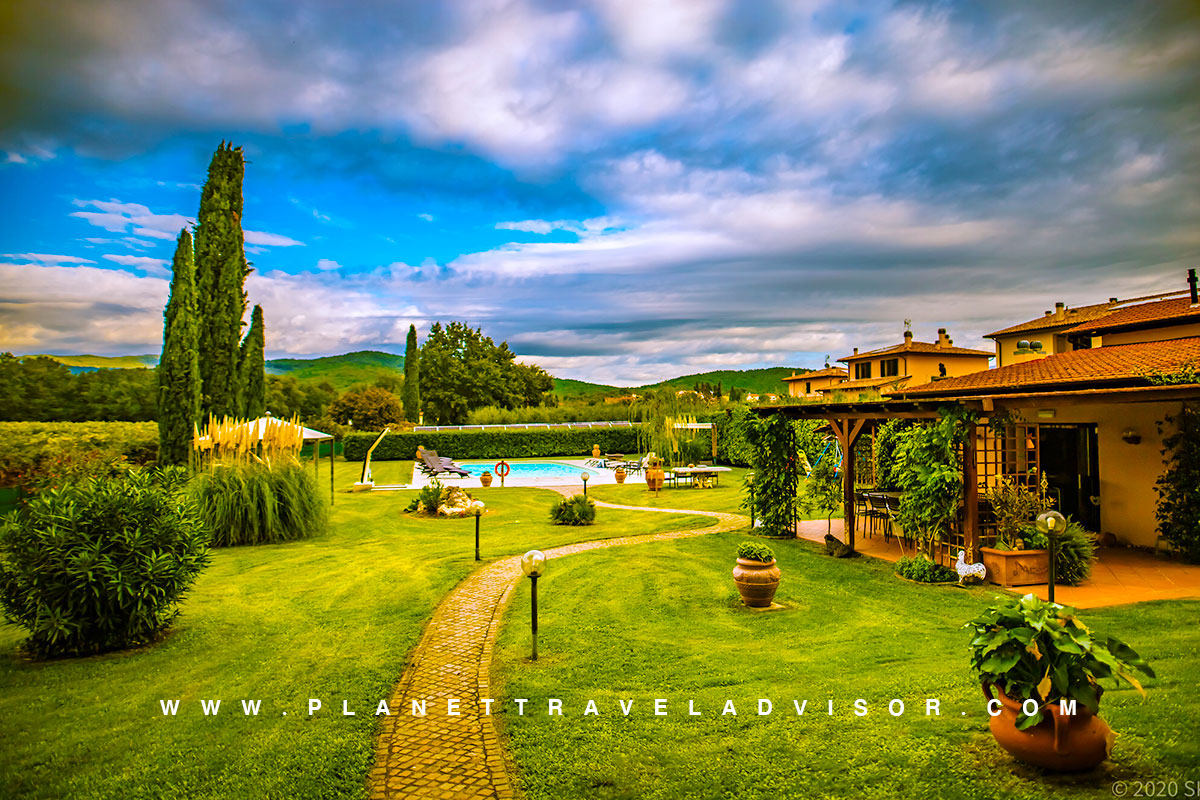
The best time to visit mountainous areas in Italy depends on your interests and what you hope to experience in these regions. Here are some considerations for different seasons:
1. Summer (June to August):
- Summer is an excellent time to visit Italian mountain regions if you're interested in hiking, mountain biking, or simply enjoying the stunning alpine landscapes.
- The weather is generally pleasant, with warm days and cool nights, making it ideal for outdoor activities.
- Alpine meadows are in full bloom with colorful wildflowers and breathtaking views.
2. Autumn (September to November):
- Early autumn is perfect for hiking in the mountains as the weather remains mild and pleasant.
- You can experience the changing colors of the foliage, which is particularly striking in higher-altitude areas.
- Late autumn might bring cooler temperatures, and some areas may see the first snowfalls, making it a transition into the winter season.
3. Winter (December to March):
- If you're interested in winter sports like skiing and snowboarding, visiting mountainous areas in Italy during winter is ideal.
- The Italian Alps, Dolomites, and other mountain regions offer world-class ski resorts with excellent snow conditions.
- The landscapes are transformed into a winter wonderland with snow-covered peaks.
4. Spring (April to May):
- Spring is the season when mountain regions transition from winter to summer activities.
- Late spring can be suitable for snow sports in the higher-altitude areas, especially during the earlier part of the season.
- As the snow melts, alpine meadows come to life, and hiking becomes popular.
Remember that the best time to visit mountainous areas in Italy varies depending on your interests, whether winter sports, hiking, or simply enjoying the mountain scenery. Additionally, weather conditions and snowfall timing can differ from region to region, so it's essential to research specific areas and check local forecasts and conditions before planning your trip. Italy offers a diverse range of mountain experiences, so the timing of your visit will largely depend on your preferences and the activities you wish to pursue in these beautiful alpine settings.
Best Time to Visit Vatican City
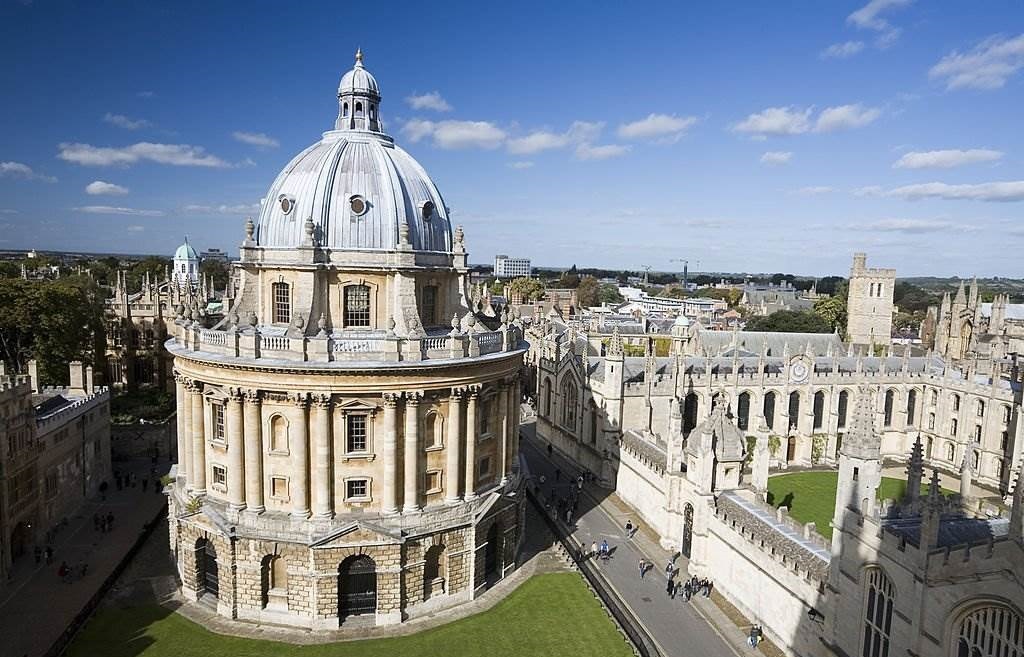
Vatican City, one of the world’s smallest yet most historically significant cities, is worth a visit. Located within Rome, the city houses iconic attractions such as Saint Peter’s Basilica, the Sistine Chapel, and the Vatican Museum. Whether you’re a religious pilgrim or a casual tourist, Vatican City offers something for everyone. And because of its relatively mild climate, the city can be visited year-round.
The best time to visit Vatican City is likely during spring or autumn. During spring, Vatican City comes alive with the blooming of tulips and daffodils, while the mild, cool temperatures during autumn make for pleasant walking weather. With fewer crowds than during the summer, these seasons are ideal for anyone looking to tour the city peacefully.
However, if you’re looking for the ideal time to visit Vatican City, the best bet is likely December through February. Tourist numbers are at their lowest during this time, making it the perfect chance to explore the city in relative peace. Visitors will also find the weather quite pleasant during this period, as temperatures range from the mid-30s to mid-50s Fahrenheit.
No matter when you choose to visit Vatican City, it’s an incredible destination to explore. Prepare to get lost in its winding streets as you take in stunning works of art, historical attractions, and idyllic scenery. The city is also home to a beautiful array of shops, cafes, and restaurants, so you’ll never be at a loss for something to do. While you’re there, why not take in a museum or a guided tour to learn more about the fascinating history of Vatican City?
Vatican City is one of the most unique places in the world, and no trip to Italy is complete without a visit. By taking advantage of the quiet winter months, you can explore the city in peace and admire its incredible attractions at your leisure. So, what are you waiting for? Book your trip to Vatican City and get ready to explore this remarkable destination.
Category 3: Activities and Holidays
Best Time For Doing Activates In Italy
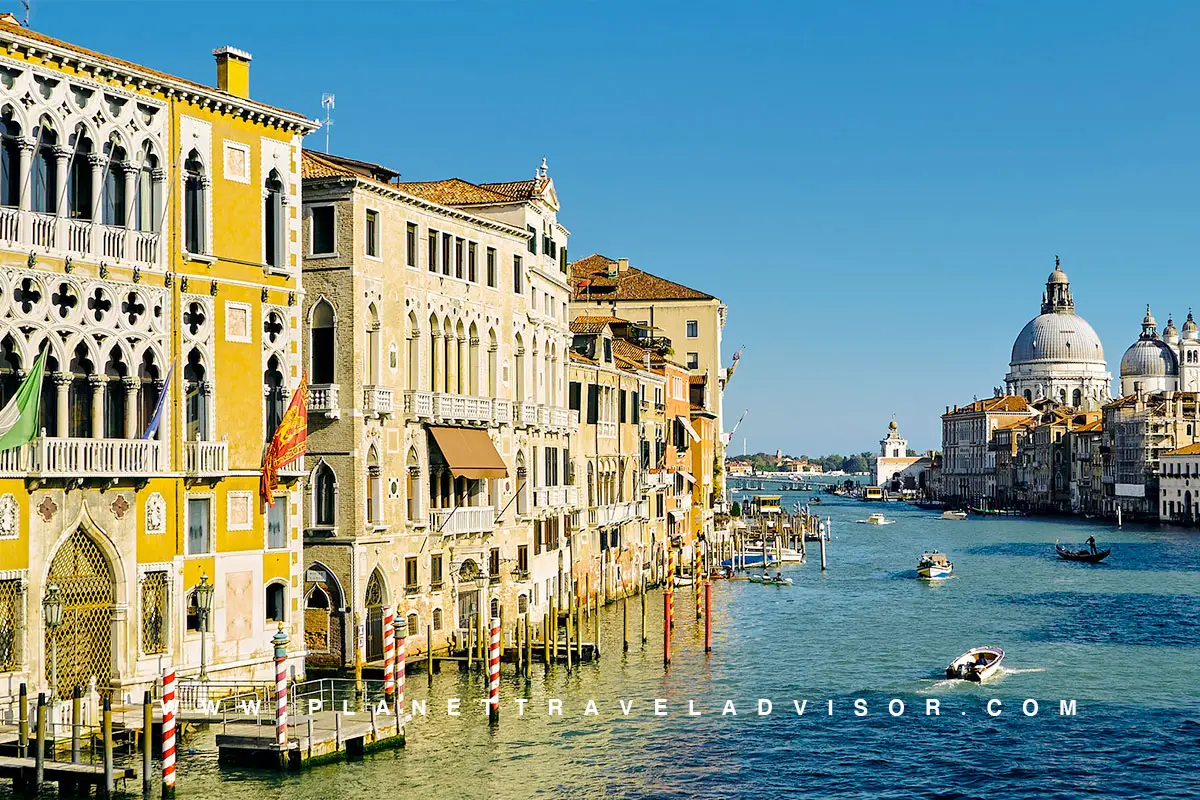
The best time for doing activities in Italy can vary depending on your interests and the specific activities you have in mind. Here are some general guidelines for different types of activities and the best times to enjoy them in Italy:
| Activity | Best Time | Why |
|---|---|---|
| Sightseeing and Cultural Exploration | Spring (March to May) and Early Autumn (September to October) | Mild weather, fewer crowds, and pleasant conditions for exploring historical sites, museums, and art galleries. |
| Beach and Water Activities | Summer (June to August) | Warm weather, sunny days, and ideal swimming, sunbathing, and water sports conditions. |
| Hiking and Outdoor Adventure | Spring (March to May) and Early Autumn (September to October) | Mild temperatures, blooming landscapes, and less extreme weather conditions. |
| Winter Sports | Winter (December to February) | Snowfall in the Alps and northern regions provides excellent conditions for skiing, snowboarding, and other winter sports. |
| Wine and Culinary Experiences | Autumn (September to November) | Harvest season in vineyards, regional food festivals, and pleasant weather for wine tasting and outdoor dining. |
| Festivals and Cultural Events | Throughout the year, depending on the specific festivals | Italy hosts various cultural events, such as the Venice Carnival in February, Siena's Palio in July and August, and year-round local festivals. |
| Mountain Exploration | Summer (June to August) and Early Autumn (September to October) | Ideal weather for hiking, mountain biking, and enjoying alpine landscapes. |
| Relaxation and Spa Retreats | Spring, Early Autumn, and Winter | Quieter times with pleasant weather and opportunities for relaxation. |
Remember that Italy's climate and the timing of activities can vary by region. Coastal areas have different weather patterns than the alpine regions, so consider the specific locations you plan to visit. Advanced planning and checking local event calendars can help you make the most of your chosen activities during your visit to Italy.
Best Time for Summer Holidays in Italy
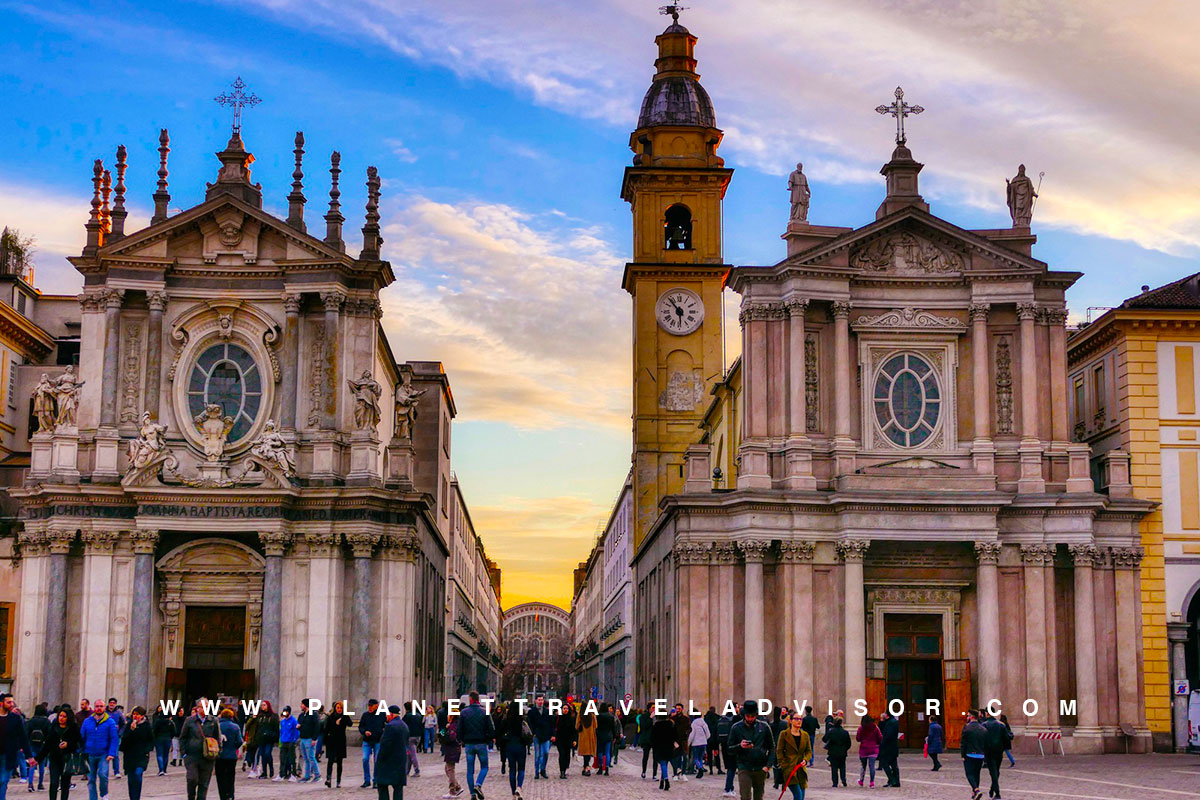
The best time for summer holidays in Italy, when you can enjoy warm weather, sunny skies, and all the country's outdoor activities, is during June, July, and August. This is the traditional summer season in Italy when you can experience the quintessential Italian summer vacation. Here's what to expect during this time:
| Month | Weather | Temperature Range (°C) | Temperature Range (°F) | Highlights |
|---|---|---|---|---|
| June | Beginning of summer in Italy with warm weather. | 24°C to 30°C | 75°F to 85°F | Longer daylight hours for sightseeing and outdoor activities. Fewer crowds compared to July and August. |
| July | Peak of summer with hot and sunny weather. | 27°C to 32°C | 80°F to 90°F | It is ideal for beach vacations, water sports, and coastal enjoyment of many local festivals and events. |
| August | Another peak summer month with hot and sunny weather. | 27°C to 32°C | 80°F to 90°F | Coastal areas may be crowded. Cities, especially in the south, may have a slower pace as many residents go on vacation. |
Summer holidays in Italy are perfect for enjoying the Mediterranean coast, exploring historic cities, and indulging in Italy's vibrant culture and cuisine. Whether you're interested in the historic landmarks of Rome, the art and culture of Florence, the coastal beauty of the Amalfi Coast, or the charming islands like Sicily and Sardinia, summer offers the ideal conditions to experience Italy at its most lively and inviting. Be prepared for higher tourist numbers during this time, so plan your accommodations and activities.
What are Winter Sports in Italy?
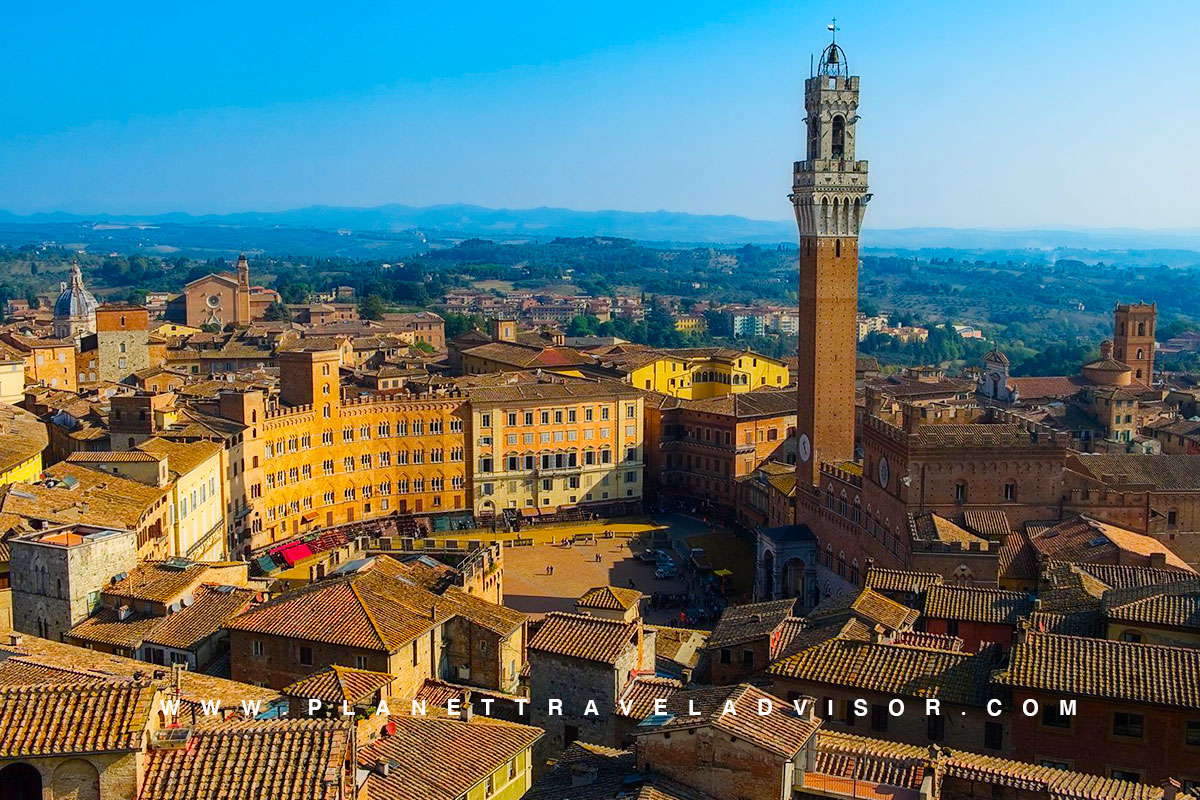
As the summer months in Italy close, many people begin to look forward to the arrival of winter and the upcoming winter sports season. Italy is a prime destination for winter sports enthusiasts with its stunning mountain ranges, snow-capped peaks, and unique cities. From skiing and snowboarding to curling and ice hockey, there is no shortage of exciting activities to enjoy in Italy during winter.
The most popular winter sport in Italy is skiing, whether alpine or cross-country. There are plenty of ski resorts scattered around the country catering to all levels of skiers, from beginners to experts. Italy has some of the best ski resorts in Europe, from the enchanting Dolomites in the north to the snowy slopes of the Alps in the south.
Snowboarding is a popular winter sport in Italy, especially among teens and young adults. Snowboarders can enjoy the valleys and peaks of the Alps and the rolling hills of the Apennines, plenty of slopes to explore, and places to rent boards and gear.
If you’re looking for something different, why not try curling? Curling has been a popular winter sport in Italy since the 1950s and is particularly popular in the northern regions. It’s a great way to spend an afternoon with friends in the snow!
For those looking for a bit of competition, ice hockey is a great way to spend a winter's day. Italy has several professional ice hockey teams and several local clubs. Ice hockey is a great way to meet people, improve fitness, and make new friends.
And if you’re looking for something less energetic, why not enjoy the tranquil beauty of an Italian winter walk or a scenic snowshoe trek? You can wander through the snow-covered forests and meadows, or up the mountain to a stunning lookout point.
The possibilities for winter sports in Italy are endless, and with the right gear and attitude, you can have an unforgettable winter experience. So don’t miss out on the Italian winter season - start planning your winter sports holiday today!
Category 4: Budget and Crowds
Best Time For Booking Affordable Hotels in Italy
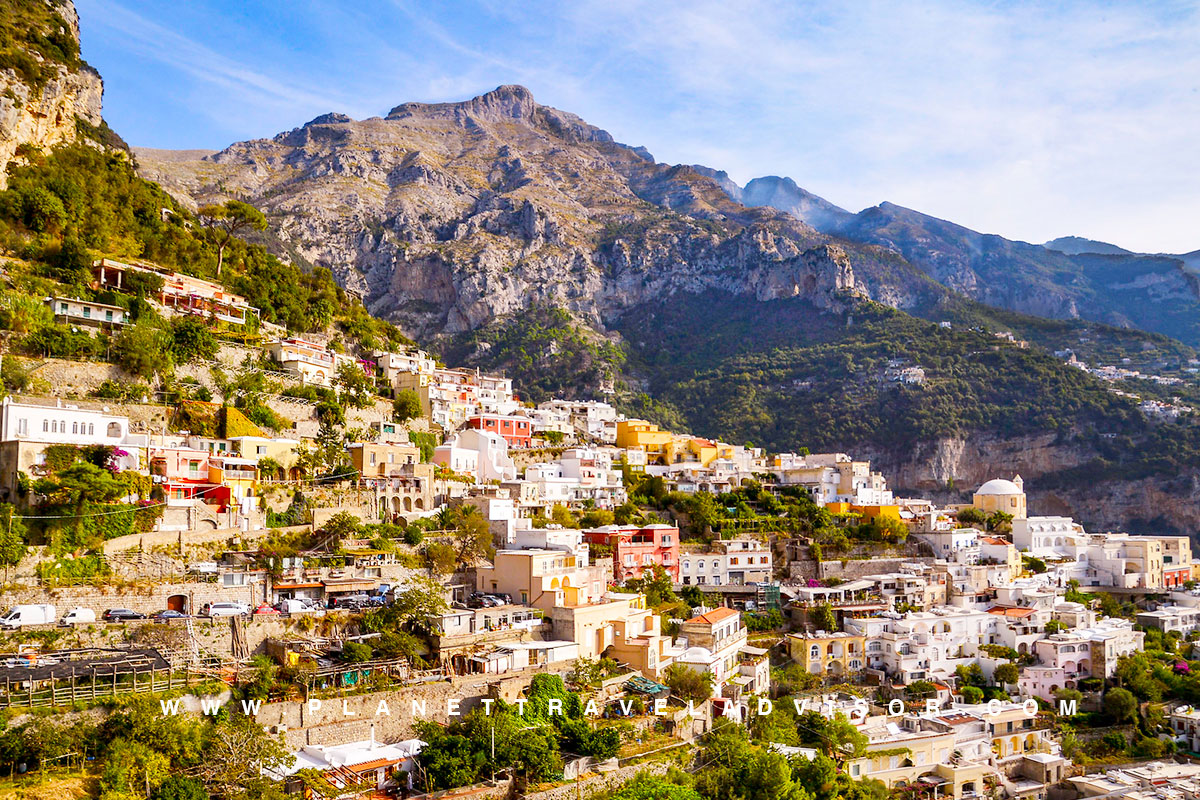
The best time to find lower hotel prices in Italy depends on the specific location and type of accommodation. In general, it's usually cheaper to book hotels during the off-peak seasons, which for Italy is typically from November to March, when the weather is colder and fewer tourists. Many hotels and resorts will offer lower rates during these months to attract guests.
Additionally, it's good to consider alternative types of accommodation such as vacation rentals or bed and breakfasts. These options can often provide more value for your money than traditional hotels. Booking well in advance can also help you find lower prices, but checking for last-minute deals or discounts is also a good idea. It's recommended to check the hotel's policies before booking and consider possible changes or travel insurance needs.
Best Time to Visit Italy for Fewer Crowds
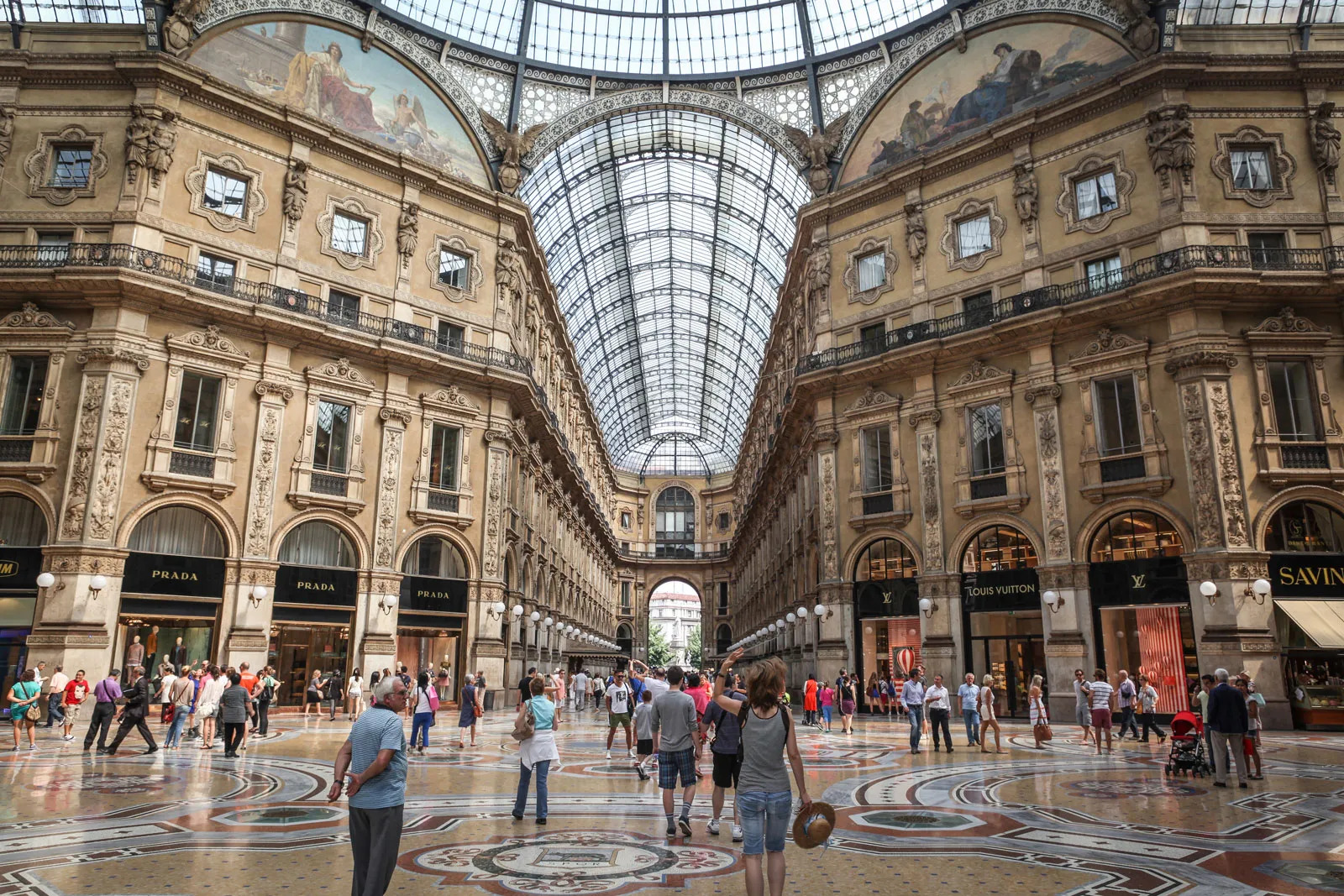
If you’re looking to explore Italy without the hassle of large crowds, the best time to visit is between April and June or September and October. These months are typically the quietest in Italy and offer the most pleasant weather. During this time, you can enjoy the mild temperatures without the crowds.
You can explore the beautiful Tuscan countryside in April and enjoy the blooming wildflowers. If you’re looking for beach time, head to the Amalfi Coast in May or June. This region is one of the most beautiful in Italy and boasts some of the best beaches in the country.
If you’re more of a city-dweller, then September and October are perfect months for visiting the major hubs of Italy. Rome, Florence, and Venice all have a certain charm during this time of year, with fewer crowds but still plenty of things to do.
If you’re looking for a unique experience, May and October are the best times to visit Italy. You can attend the annual Festa della Repubblica in May, a celebration of Italian liberty. In October, you can join in the festivities of the world-famous Venice Carnival.
No matter when you choose to visit Italy, there’s something for everyone. If you plan your trip during the quieter months of April to June or September to October, you’ll likely experience fewer crowds and more enjoyable activities.
From exploring the winding cobblestone streets of the ancient cities to taking in the stunning views of the countryside, Italy is a magical place no matter the time of year. So if you’re looking for an adventure without the crowds, consider visiting Italy during the quieter months of April to June or September to October for a once-in-a-lifetime experience.
Best Time For Lower Flights Prices in Italy

If you want to enjoy all that Italy has to offer without breaking the bank, consider planning a visit during the winter or early spring season. While Italy is an undeniably popular destination all year round, the cooler winter months from November to March offer certain advantages that can help you save money.
During this time of year, accommodation and airfare tend to come at much more reasonable prices. Hotels and airlines understand that their visitors may be limited during this season and thus, are inclined to drop their rates to encourage more tourism.
Plus, you will take in some of Italy’s iconic attractions and beauty, minus the throngs of tourists. Taking a stroll without bumping elbows with hundreds of other tourists in Florence or the Vatican City can be an uplifting experience.
Even during the colder months, you will still find plenty of activities to do in Italy. Many outdoor activities like skiing in the Dolomites or hiking on an Italian island can be enjoyed during this time of year. Plus, as winter sets in, you can tuck into some of Italy's cozy comfort food in the form of delicious pasta and pizzas.
Winter and early spring are also great times to visit Italy for festivals and religious events. In the winter, many Italian cities hold traditional festivals, like the Venetian Carnival, the Nativity Scene Festival of Naples, and the Florence Light Festival. These are unique events that you won’t want to miss.
So, if you’re looking for a relaxing and affordable Italian getaway, consider visiting Italy in winter and early spring. The weather may be more relaxed, but the savings will be warmly welcome.
What are Expensive Times in Italy?
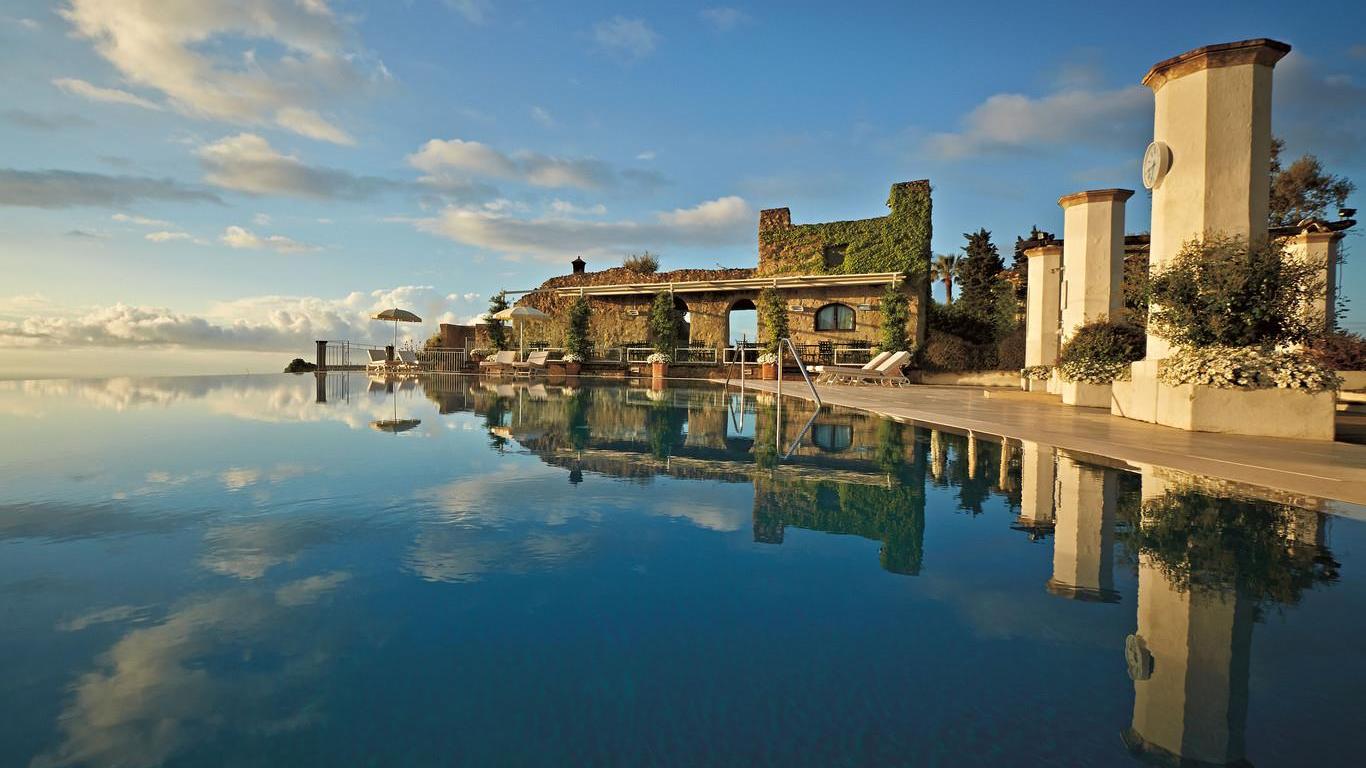
Are you looking to explore the wonders of Italy without burning a hole in your wallet? You're lucky; Italy is affordable if you plan your travels right. Here are a few tips for avoiding the expensive times and making the most of your Italian experience.
| Tip | Description |
|---|---|
| Peak Season Awareness | Be mindful of peak seasons in spring and autumn, when prices for airfare, accommodations, and attractions are significantly higher due to European vacations and high tourist numbers. |
| Cheap Transportation | Consider cost-effective transportation options like buses or night trains, as Italy's rail network can be pricey for long-distance travel. |
| Explore Off-the-Beaten-Path Destinations | Discover hidden gems by venturing off the well-trodden path. Italy's less-visited areas offer unique beauty, culture, and hospitality. |
| Enjoy Free Activities | Take advantage of free attractions, including historical sites, parks, churches, and local festivals. Research and explore Italy's no-cost options for budget-friendly travel. |
In summary, with some planning and research, you can easily experience the best of Italy without breaking the bank. Avoid peak times, research cheaper transportation options, and enjoy free activities when exploring the country. With Italy's affordable prices and diverse offerings, there is something for everyone looking to enjoy a budget-friendly travel experience.
What is the Cheapest Time to Visit Italy?
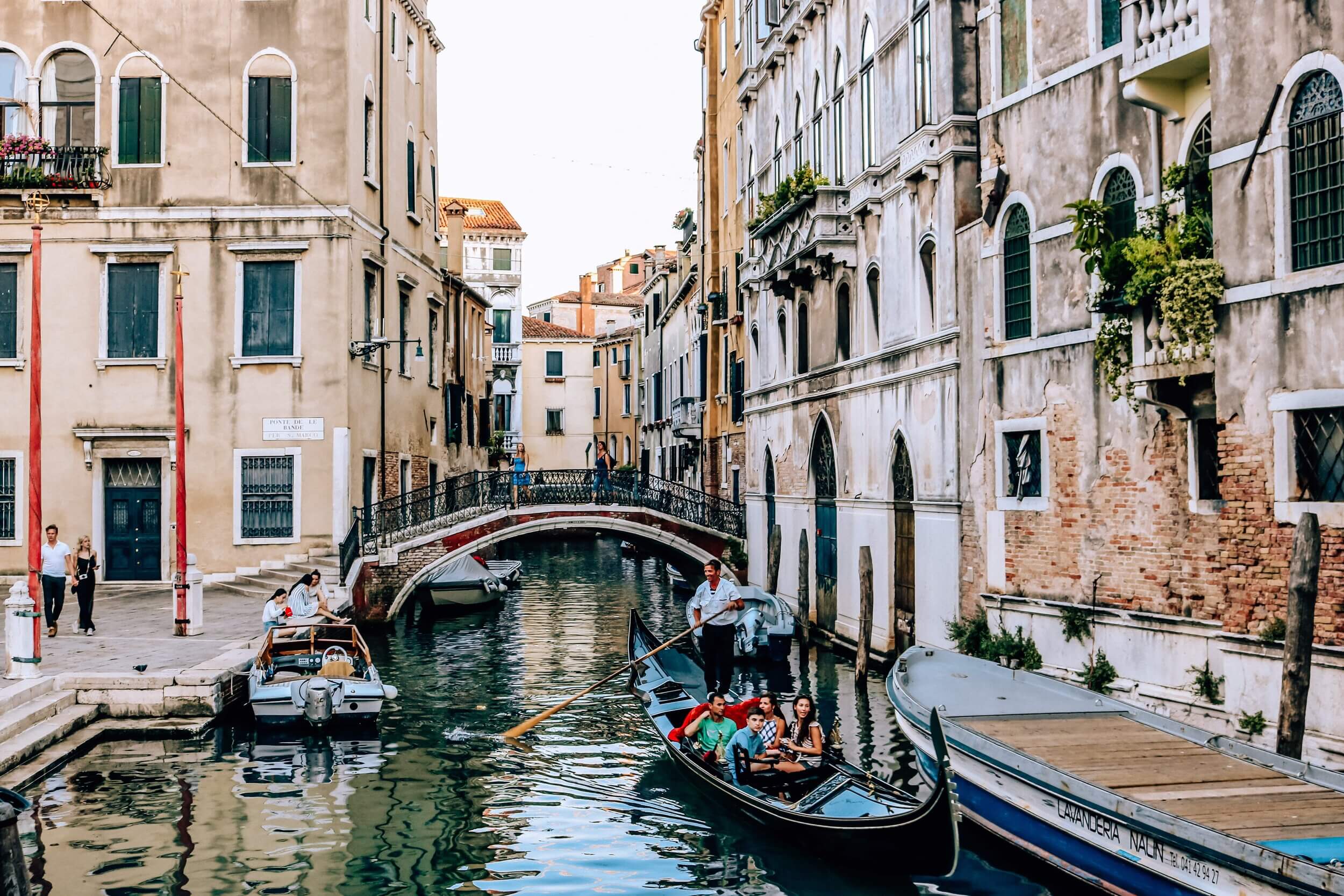
If you’re looking for a way to experience Italy's culture, food, and sightseeing without breaking the bank, there is no better time to visit than the winter months. From late October to early April, the country experiences its “low season,” a time when prices for flights and accommodations drop dramatically and crowds are significantly reduced. This is the perfect time to explore the many distinct regions of Italy, all of which feature their unique attractions and experiences.
On the Italy trip planner, tourists can explore the iconic cities of Rome, Florence, and Venice and their surrounding areas, including Lake Como and the Tuscan countryside. With the low season prices, travelers can stay in comfortable hotels and enjoy some of the best Italian cuisine without expensive prices.
In the winter, the weather in Italy can be cold and wet, but there is still plenty to do. You can explore ancient ruins, medieval architecture, and centuries-old museums in the major cities. Cultural attractions like opera and classical music concerts flourish in the winter months, and outdoor activities like skiing or snowshoeing are available in many areas.
The Italian cost of living is relatively low, making it possible to eat delicious Italian food without breaking the bank. With the help of the “Mangia bene, spendi poco” mentality, visitors can enjoy flavorful meals on a budget. The winter season also offers many opportunities to sample regional specialties like sanguinaccio (rich chocolate pudding made with pig’s blood), zampone (pig’s trotter stuffed with pork and mushrooms), and zia d’Italia (a type of oven-baked lasagna).
For those looking for a winter getaway to Italy, the low season provides an incredible opportunity to experience the country’s unique history, culture, and cuisine. With its wondrous sights and flavors, Italy is an ideal destination for travelers looking to get the most out of their money. As the saying goes, “Welcome to Italy: mangia bene, spendi poco.”
Is Early September a Good Time to Visit Italy?
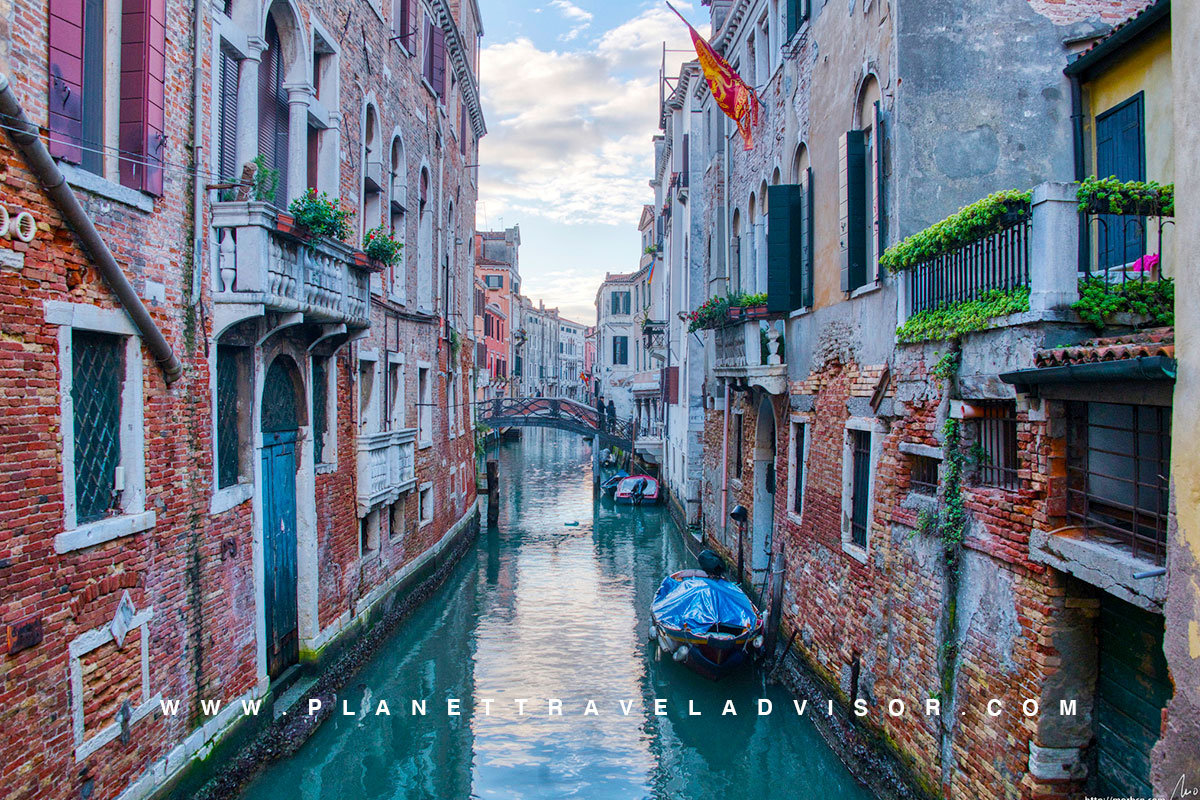
Regarding the perfect time to visit Italy, early September is ideal. Not only will you have mild temperatures and fewer crowds than in the summer months, but you will also be treated to lots of sunshine and breathtakingly beautiful sights. When planning your trip, it’s important to remember that September is shoulder season in Italy, meaning that the weather is still warm and the days are longer.
Average temperatures range from the high teens to mid-twenties (Celsius). September is an excellent time for beachside strolls, hikes, and outdoor adventures. The weather is only one of the many reasons to visit Italy in early September. Part of the season's fun is that most tourist sites are still open. So, if you’re a history buff, you can explore the ruins in Rome and admire the works of art in Florence. You can also take a day trip to Tuscany's charming towns and villages. Although Italy in September is less crowded than in the summertime, it’s still a great time to attend festivals and cultural events.
The Ferragosto holiday in mid-August marks the end of summer while the Festa della Madonna in early September marks the beginning of autumn. Both holidays offer enjoyable cultural activities and deliciously crafted food. September is also the time of year when many of the winery tours and activities start. The entire region of Tuscany is known for its wine, and the Chianti region is especially famous. You’ll have plenty of opportunities to sample some of the finest wines in the world and learn about the ancient winemaking traditions.
To top it all off, the evenings in early September often have a fantastic mild chill, which only adds to the magical atmosphere. Especially in Rome and Venice, there’s nothing quite like sipping a glass of wine on a terrace as the sun sets and the stars emerge. All in all, early September is a great time to visit Italy. You’ll enjoy mild weather, fewer crowds, and plenty of opportunities to indulge in the local culture and cuisine. So, what are you waiting for? Get out your bags and explore the beauty of Italy this September!
Is it Good to Visit Italy During Late Spring?
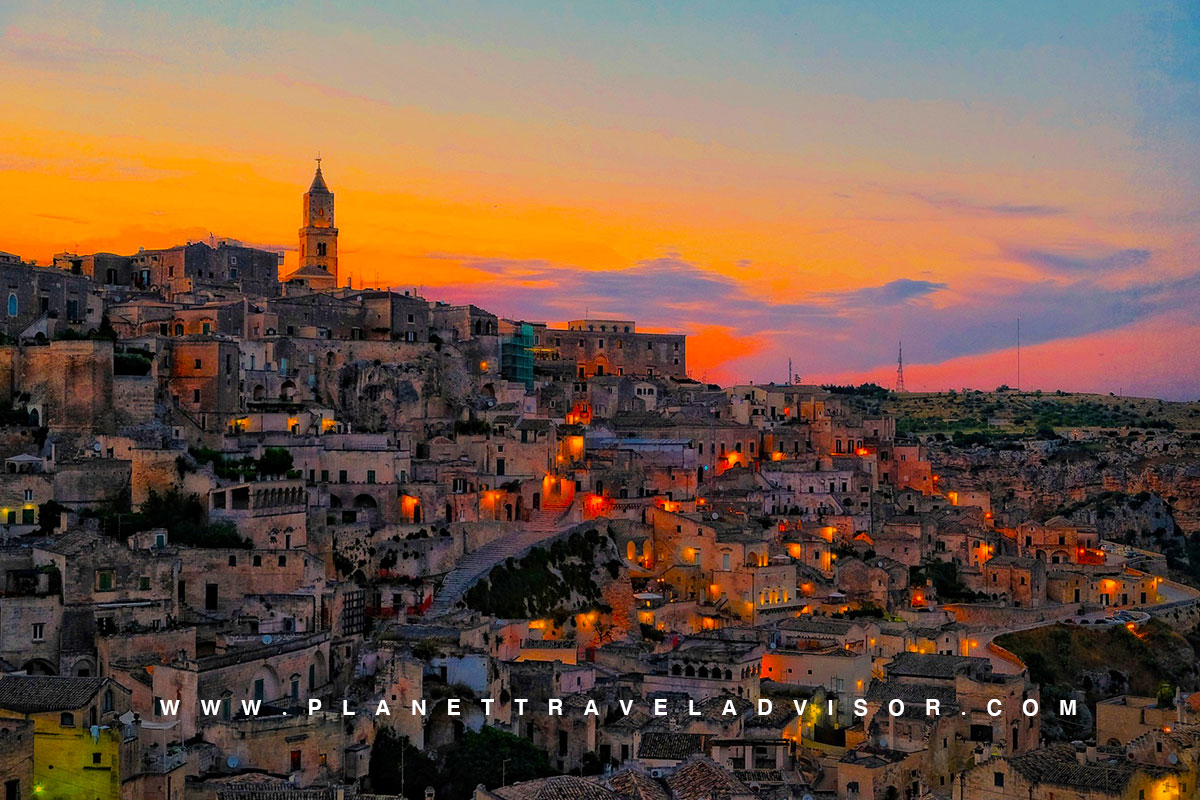
Visiting Italy during late spring is a great way to explore the country and its many attractions. The warm, sunny weather in late spring is ideal for sightseeing, and you’ll have the chance to explore the country’s landmarks, historic sites, and stunning landscapes. You’ll also have the added bonus of fewer crowds, allowing you to move around freely and enjoy the experience without stress.
Italy is a country of immense natural beauty, with numerous picturesque locations worth exploring, from mountains to beaches. During late spring, many of Italy's attractions are in full bloom. The warm and pleasant climate is the perfect temperature for outdoor activities. From Tuscany's rolling hills to Venice's iconic canals, you’ll experience the best of Italy’s cultural heritage and stunning scenery.
Arguably, the best part of visiting Italy in late spring is the array of delicious food and drinks you’ll be able to enjoy. From creamy gelato to rich espresso, Italian food is renowned worldwide for its flavor and quality. The warm weather in late spring also makes it an ideal time to sample some regional specialties and visit local markets for fresh ingredients.
The sunny days of late spring are perfect for exploring Italy's many towns and cities. Whether wandering the cobblestone streets of Florence or admiring the Colosseum in Rome, there are plenty of attractions to explore. Be sure to visit the nearby islands too for a change of scenery.
Italy is a great destination to visit during late spring. From the warmer temperatures to many attractions and landmarks, there is no shortage of activities and experiences. Whether looking for a relaxing stay or an action-packed adventure, late spring is the perfect time to explore Italy.
Is Early October a Perfect Time to Visit Italy?
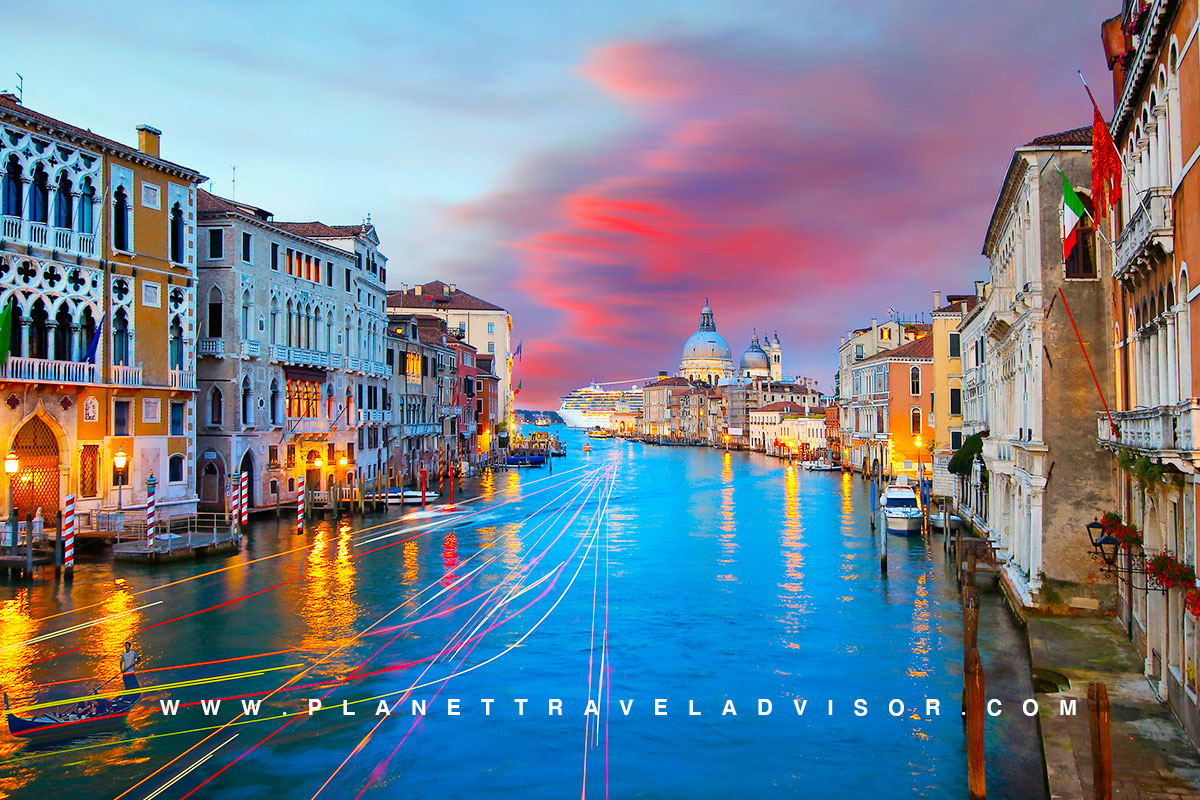
Early October can be an excellent time to visit Italy for many travelers, offering a delightful balance of advantages. However, whether it's the "perfect" time depends on your preferences and what you're looking for in your Italian experience. Here are some key considerations:
Advantages of Visiting Italy in Early October
• Pleasant Weather: Early October typically offers mild and comfortable temperatures in most Italy. Highs can range from 18°C to 24°C (65°F to 75°F), ideal for outdoor activities and sightseeing.
• Fewer Crowds: The summer tourist rush has subsided, leading to thinner crowds at popular attractions and a more relaxed atmosphere for exploration.
• Harvest Festivals: Early October is the time for grape and olive harvests, leading to wine festivals, food events, and cultural celebrations. A chance to experience local traditions and flavors.
• Affordability: Prices for accommodations and flights may decrease compared to the peak summer season, making it a more budget-friendly time to visit.
Considerations
• Variable Weather: While October generally brings pleasant weather, it can also be unpredictable with occasional rain and temperature variations, especially in the northern and inland areas.
• Reduced Beach Activities: Early October might not be ideal for beach-focused vacations as the sea can be more relaxed, and beach services may start to close for the season.
Early October is a great time to visit Italy for those who prefer comfortable temperatures, lower crowds, and the chance to partake in harvest festivals and local cultural events. It's an appealing choice for a well-rounded Italian experience. However, the "perfect" time can vary depending on your interests and what you hope to get from your visit, so aligning your travel plans with your specific preferences is essential.
Is late September a Perfect Time to Visit Italy
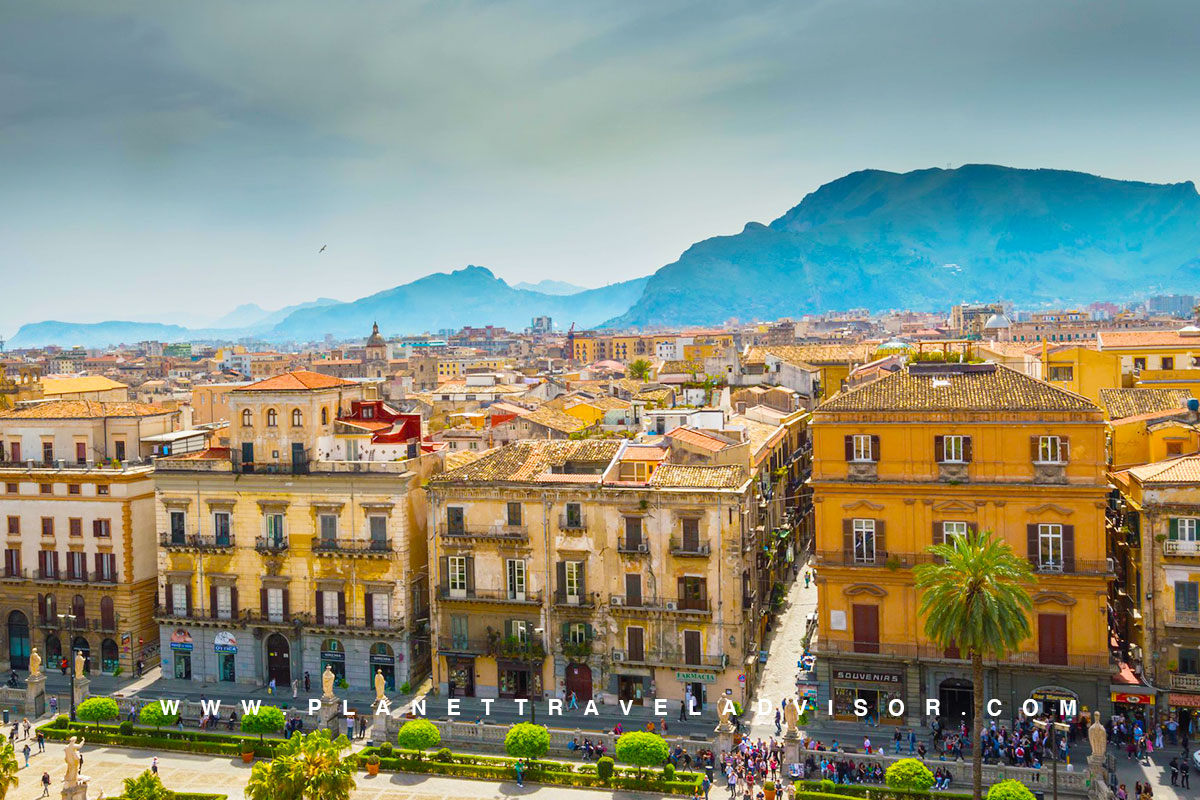
Late September is widely considered an excellent time to visit Italy for many travelers. It offers a combination of advantages, making it a popular choice for those seeking a pleasant Italian experience. Here are some of the reasons why late September can be an ideal time to visit Italy:
Advantages of Visiting Italy in Late September:
-
Ideal Weather: Late September in Italy often provides some of the best weather conditions. You can expect mild to warm temperatures, with highs ranging from 70°F to 80°F (21°C to 27°C). The weather is generally sunny and comfortable, perfect for outdoor activities and sightseeing.
-
Thinner Crowds: As the summer tourist season winds down, you'll encounter fewer crowds at popular tourist destinations. This allows for a more relaxed and enjoyable exploration of cities, museums, and historic sites.
-
Harvest Season: Late September is the harvest season in Italy. It's a great time to experience local traditions and festivals, especially those related to grape and olive harvesting. You can attend wine festivals and enjoy regional culinary delights.
-
Lower Prices: Accommodation and flight prices often decrease in late September compared to the peak summer season. This makes it a more budget-friendly time to visit Italy.
-
Beautiful Landscapes: The countryside is lush and vibrant during this time, with fields and vineyards still green from the summer and a touch of autumn foliage beginning to appear in some regions.
-
Comfortable Beach Weather: Coastal areas are still enjoyable for beachgoers. While the sea might be a bit cooler than in midsummer, it's still pleasant for swimming and sunbathing.
While late September offers many advantages, it's essential to know that the weather can be somewhat variable, and there might be occasional rain showers. Additionally, accommodations and flights can still be in demand during this time, so booking in advance is advisable.
Is Early December a Perfect Time to Visit Italy?
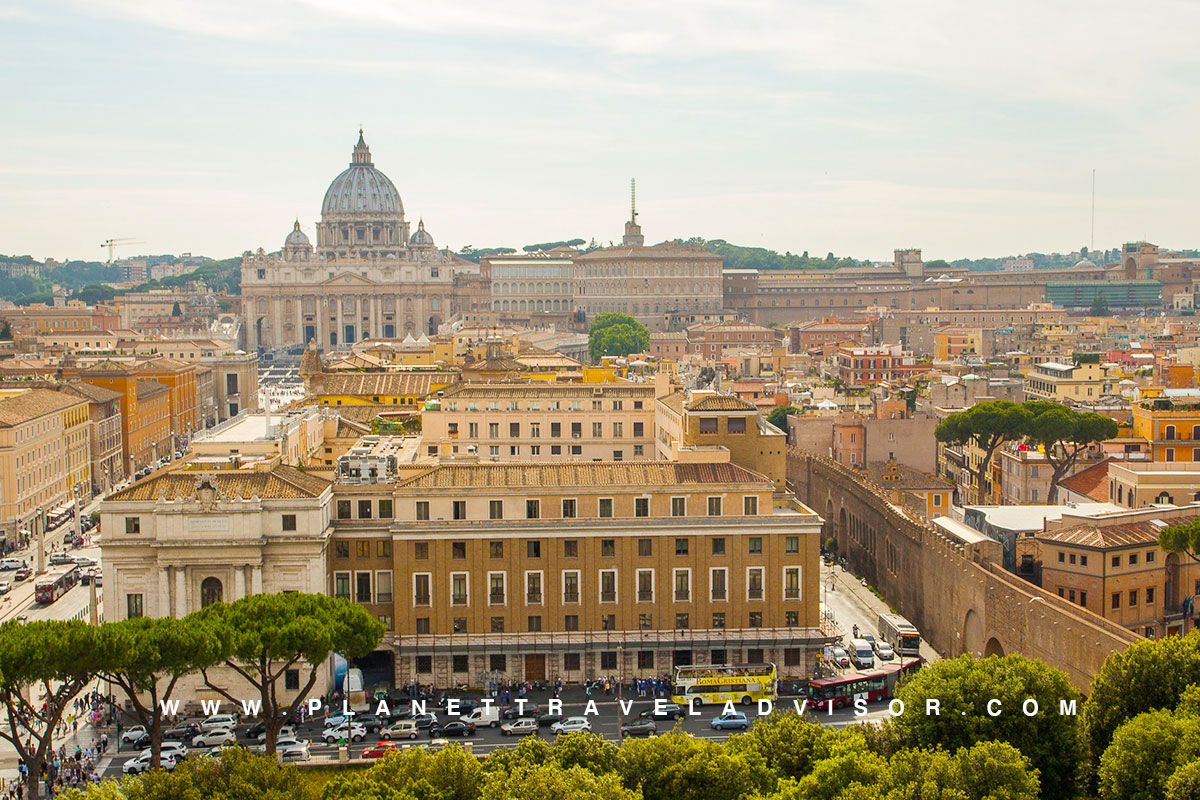
Early December can be an excellent time to visit Italy, but whether it's the "perfect" time depends on your preferences and what you hope to experience during your trip. Here are some considerations:
Advantages of Visiting Italy in Early December:
-
Christmas Festivities: Italy is known for its beautiful Christmas decorations and traditions. Enjoy the festive atmosphere, visit Christmas markets, and see iconic holiday displays, especially in Rome, Florence, and Milan.
-
Fewer Crowds: Early December is generally less crowded compared to the peak summer season or the Christmas week itself. You can explore attractions and landmarks with relative ease.
-
Mild Weather: In many parts of Italy, the weather in early December is relatively mild, with temperatures typically ranging from 40°F to 55°F (4°C to 13°C). It's more relaxed in the northern regions and milder in the south.
-
Cultural Experiences: Italy's cultural attractions, including museums, art galleries, and historical sites, are open and welcoming to visitors.
-
Scenic Beauty: Italy's landscapes, especially in the countryside, can be pretty picturesque in December, with rolling hills and vineyards taking on a different charm.
Considerations:
-
Variable Weather: While many regions have mild weather, northern Italy and higher-altitude areas can be cold and experience snowfall. It's essential to check the specific weather conditions for the areas you plan to visit.
-
Shorter Daylight Hours: Days are shorter in December, which means less daylight for sightseeing. Plan your activities accordingly.
-
Some Closures: While major tourist destinations remain open, some smaller businesses or family-run establishments may close for a winter break.
In summary, early December can be an enchanting time to visit Italy if you enjoy the holiday season, festive decorations, and cultural experiences. The fewer crowds and milder weather in many parts of the country make it an attractive option. However, be prepared for cooler temperatures and possible winter weather in some areas, so pack accordingly. Ultimately, the "perfect" time to visit Italy depends on your interests and what you want to experience during your trip.
What are the Times for Higher Altitudes in Italy?
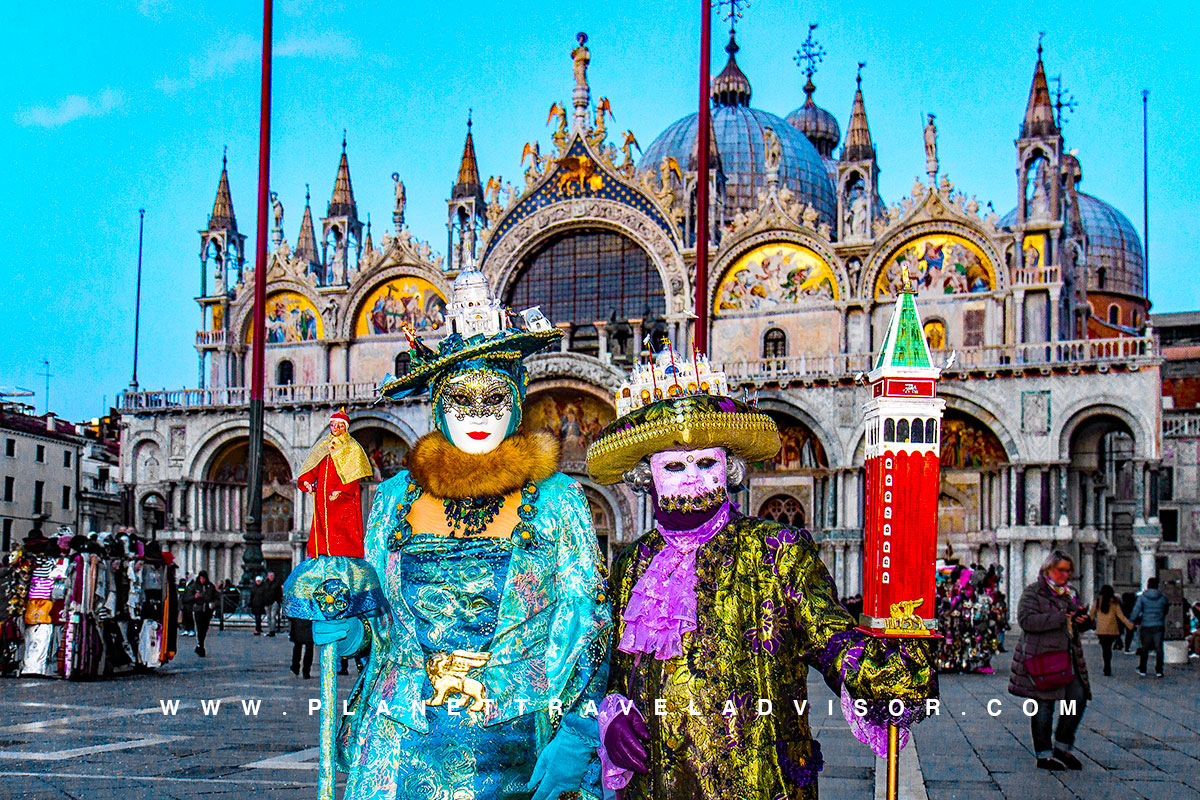
The best times to visit higher altitudes in Italy, such as mountainous regions in the Alps or the Apennines, will depend on the specific activities you're interested in and whether you prefer winter sports, hiking, or simply enjoying the mountain scenery. Here's a breakdown of the seasons for different altitude-based activities:
1. Winter (December to March):
- Ideal for winter sports like skiing, snowboarding, and snowshoeing.
- Higher-altitude ski resorts in the Alps, including popular destinations like the Dolomites and Aosta Valley, come to life.
- The snow-covered landscapes offer a stunning winter wonderland experience.
2. Spring (April to June):
- As spring arrives, ski resorts at higher altitudes transition into spring and summer activities.
- Late spring is excellent for snow sports at higher elevations, especially during the earlier part of the season.
- Hiking and trekking become famous as the snow melts and the alpine meadows bloom.
3. Summer (July to August):
- Summer is the prime time for alpine hiking, mountain biking, and exploring the high-altitude regions.
- Higher-altitude towns and villages offer relief from the heat of the lowlands, making it a pleasant escape from summer heatwaves.
- Wildflowers carpet the meadows, and the views are breathtaking.
4. Autumn (September to November):
- Early autumn in the mountains is perfect for hiking as the weather remains pleasant.
- Later in the season, as the weather cools and snow begins to fall, the focus shifts back to winter sports, particularly at the highest altitudes.
Remember that the best time to visit higher altitudes in Italy can vary depending on the specific region and the elevation you have in mind. It's essential to research the altitude and the activities you're interested in and check weather conditions and the operating schedules of mountain resorts or cable cars in the area you plan to visit. Italy offers a diverse range of mountain experiences, so the timing of your visit will largely depend on your interests and the activities you wish to pursue in these beautiful alpine settings.
What is the Perfect Time for Fewer People in Italy?
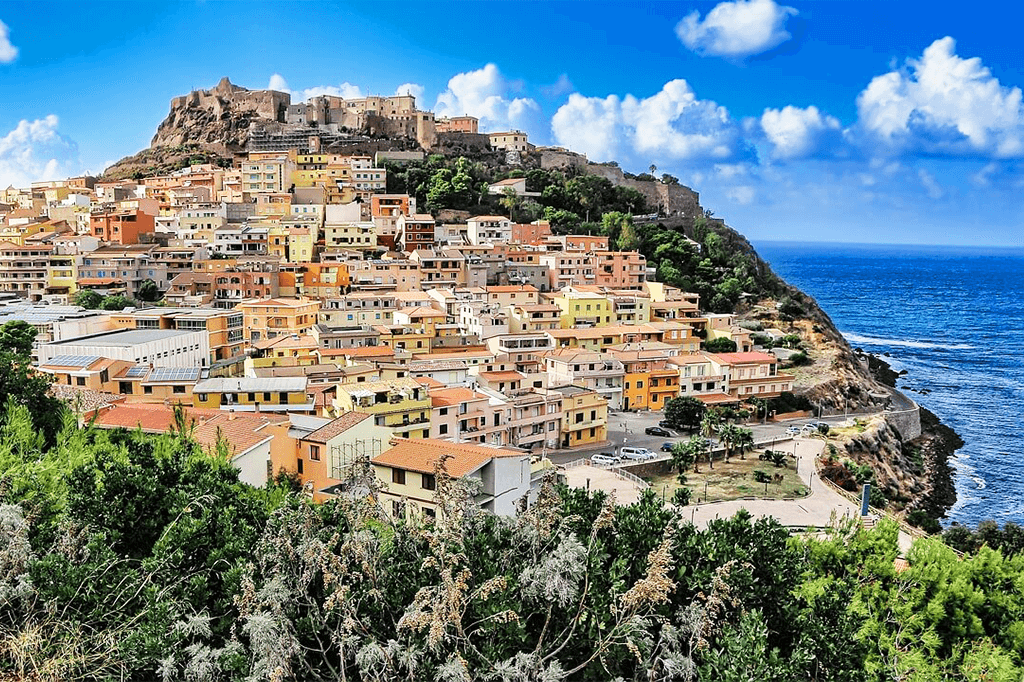
1. Shoulder Seasons (Late Spring and Early Autumn):
Late spring, typically from May to early June, and early autumn, from September to early October, are often the best times to visit Italy with fewer tourists. During these shoulder seasons, the weather is generally pleasant, with mild temperatures, and you can enjoy outdoor activities without the summer crowds. Most tourist destinations are less crowded, and you can explore famous attractions more easily.
2. Winter Months (December to February):
While Italy is generally quieter during the winter, it's a great time to visit if you prefer a more serene experience. While some coastal and summer-oriented destinations may have reduced activities, cultural and historical sites remain open with fewer visitors. It's an excellent time for a quieter exploration of cities like Rome, Florence, and Venice, as well as experiencing Italy's beautiful mountainous regions for winter sports.
3. Late Autumn (November):
November is another period with fewer tourists compared to the peak summer season. While the weather may be more relaxed, especially in the northern regions, it's an opportunity to explore Italy with less hustle and bustle. You can also experience regional autumn festivals and culinary events.
4. Midweek Visits:
Regardless of the season, visiting famous attractions on weekdays rather than weekends can help you avoid larger crowds. Remember that the exact timing for fewer crowds can vary depending on the specific location within Italy. While these times generally offer a more relaxed experience, some destinations, like Venice, can be crowded year-round.
Research the areas you plan to visit to determine the best timing for fewer people based on your preferences and interests. Additionally, advanced planning and booking can help you secure accommodations and activities with fewer challenges during your visit.
What are Sunny Days in Italy?
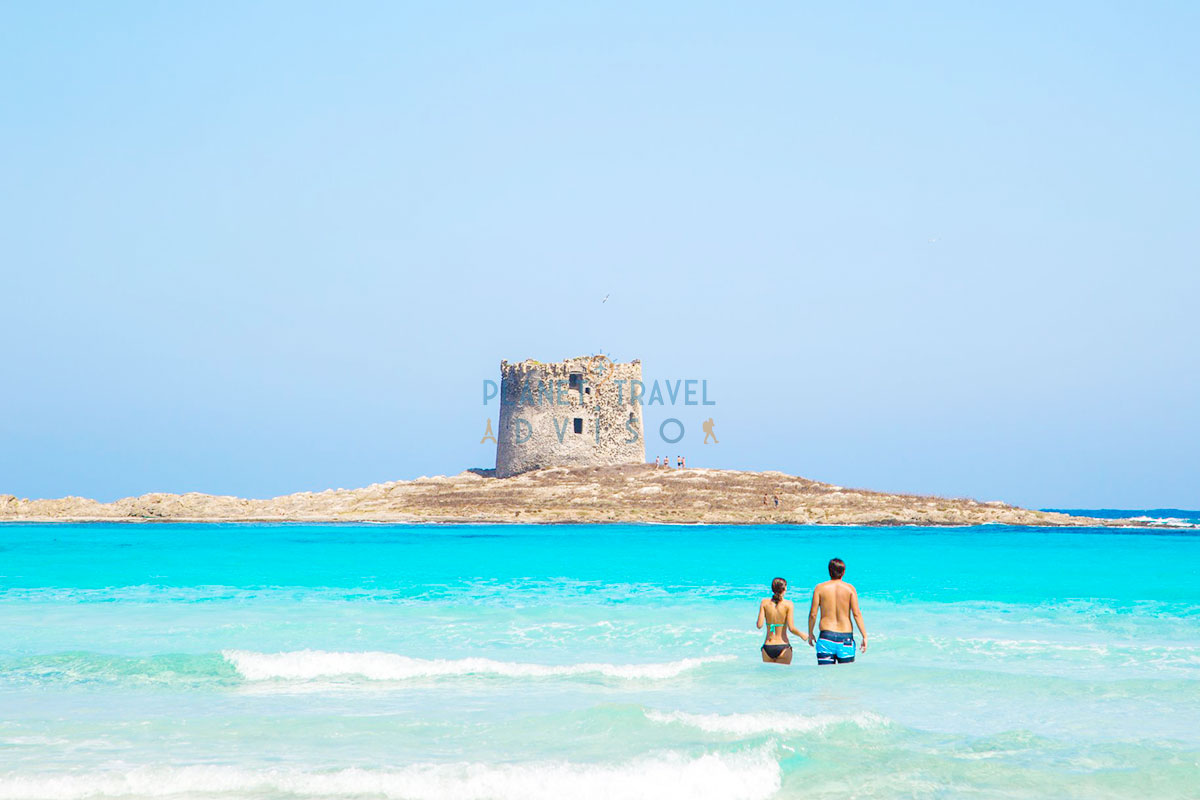
When you think of Italy, you can imagine sunny days with a gentle breeze, blue skies, and warm sunshine. Italy is a country of unparalleled beauty and culture, making it the perfect destination for travelers worldwide.
An Italian summer is a truly unforgettable experience. Italy is flooded with brilliant sunshine as soon as May and June arrive, creating an idyllic setting for sun worshippers. Whether you’re seeking adventure or relaxation, the warm weather is a great excuse to explore some of the country’s most spectacular attractions.
Explore the Colosseum in Rome, wander through the ancient ruins of Pompei, or visit the stunning Amalfi Coast--all while soaking up the rays of the Italian sun. Pack your swimsuit and go for a dip in the Mediterranean, or enjoy a leisurely afternoon lounging on the beach. Make sure to put some time aside to wander through the cobblestone streets of Florence and sample the delicious Italian cuisine.
For those looking for outdoor activities, the opportunities are endless. Take a hike in the rolling hills of Tuscany, surf in the Tyrrhenian Sea, or try sailing in the Mediterranean. Golfers will want to check out some of the country’s renowned courses, and cyclists can enjoy picturesque rides through the countryside.
Italy offers something for everyone no matter what type of holiday you want. Enjoy the culture, the history, and the stunning landscapes that make this country unique and memorable. And, of course, make sure to take some time to soak up those sunny days in Italy.
What are the Average Daytime Temperatures in Italy?
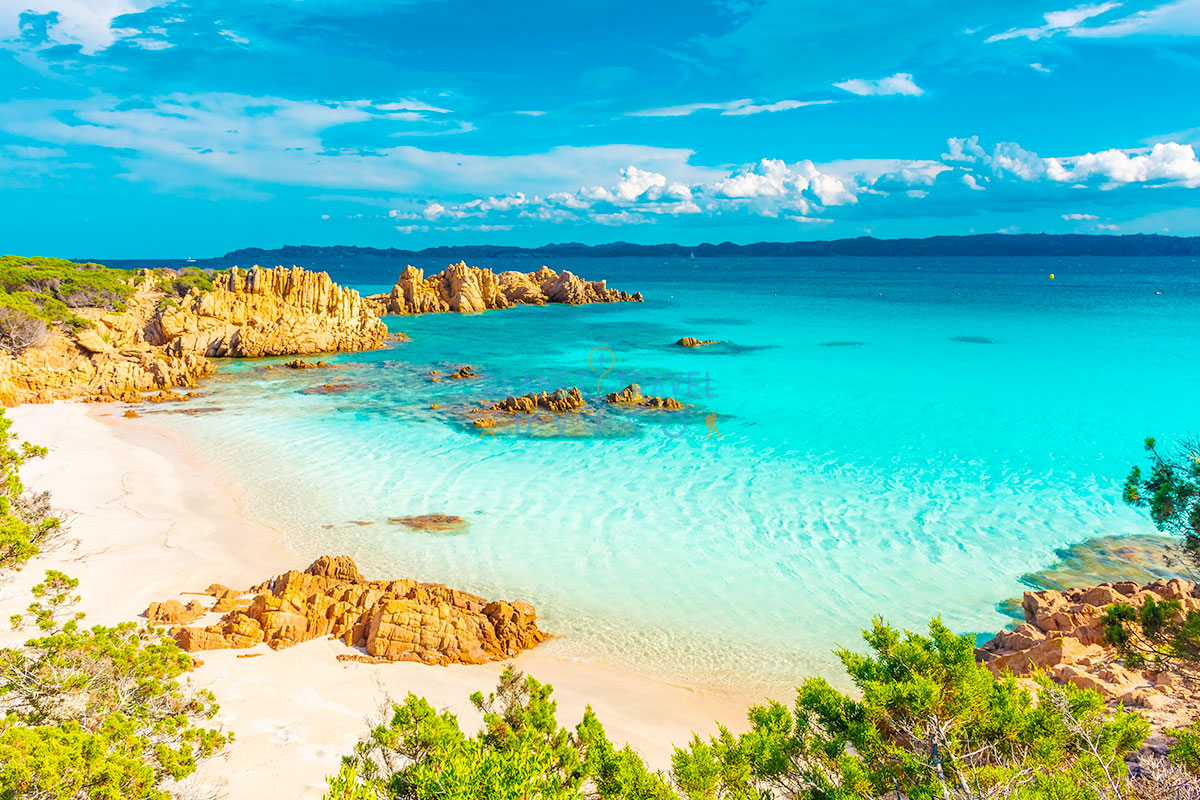
Italy has a diverse climate, and average daytime temperatures can vary significantly depending on the time of year and the region of the country you're in. Here's a general overview of the average daytime temperatures for different seasons in Italy:
1. Spring (March to May):
- Northern Italy: Average daytime temperatures range from 50°F to 68°F (10°C to 20°C).
- Central Italy: Averages between 55°F and 68°F (13°C to 20°C).
- Southern Italy: Generally warmer, with averages from 59°F to 72°F (15°C to 22°C).
2. Summer (June to August):
- Northern Italy: Averages between 68°F and 86°F (20°C to 30°C).
- Central Italy: Warmer, with averages from 73°F to 88°F (23°C to 31°C).
- Southern Italy: Hotter, with averages between 77°F and 90°F (25°C to 32°C).
3. Autumn (September to November):
- Northern Italy: Average daytime temperatures range from 59°F to 75°F (15°C to 24°C).
- Central Italy: Averages between 64°F and 75°F (18°C to 24°C).
- Southern Italy: Still warm, with averages from 68°F to 78°F (20°C to 26°C).
4. Winter (December to February):
- Northern Italy: Average daytime temperatures range from 39°F to 48°F (4°C to 9°C).
- Central Italy: Cooler, with averages between 45°F and 54°F (7°C to 12°C).
- Southern Italy: Milder, with averages from 50°F to 59°F (10°C to 15°C).
These temperature ranges are approximate and can vary from year to year. Italy's diverse geography, from the alpine regions in the north to the Mediterranean climate in the south, means variations in climate and temperature. The coastal areas tend to have milder winters and hotter summers, while the inland and mountainous regions experience more significant temperature fluctuations. When planning your visit to Italy, you must check specific weather forecasts for the regions you intend to explore.

